AI Reading List for Software Teams by Role
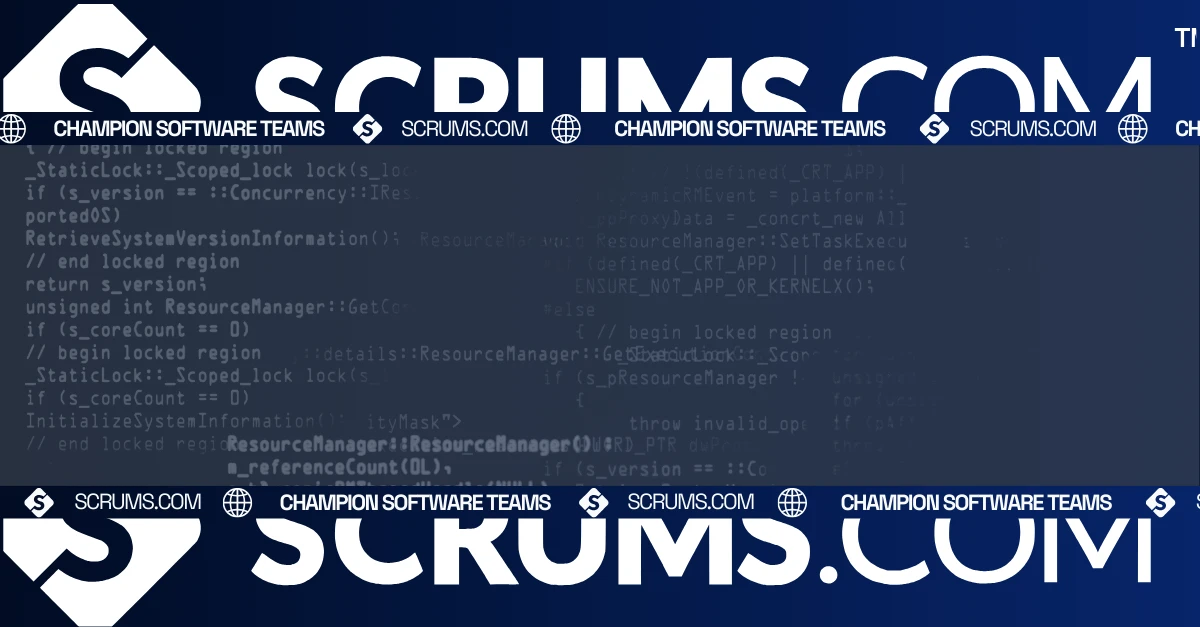
Jump to the Reading List for Your Role:
- For Developers: Practical AI, Not Hype
- For Designers: AI + Human-Centered Design
- For Product Managers: AI Strategy & Roadmap Intelligence
- For Engineering Leaders: Team Strategy & AI Transformation
- For Executives & Founders: Business Strategy & ROI
- Cross-Role Resources: Everyone Should Read These
Introduction
AI resources are everywhere. Newsletters flood inboxes. Podcasts multiply weekly. Twitter threads promise "the only AI prompt you'll ever need." For engineering teams trying to stay current without drowning in noise, the challenge isn't finding AI content; it's finding content that actually matters to your role.
A developer doesn't need the same AI intelligence as a product manager. A designer's AI questions differ fundamentally from a CTO's. Yet most "best AI resources" lists treat every role identically, recommending the same handful of thought leaders regardless of whether you're writing code, designing experiences, or setting organizational strategy.
This creates a gap: teams waste time filtering signal from noise, or worse, they disengage entirely because generic AI hype doesn't translate to their daily work. Engineering leaders need their teams sharp on AI, but sharp means role-relevant, not just informed.
This blog takes a different approach. We've curated AI resources by role: what developers should follow for practical coding intelligence, what designers need for AI-augmented UX thinking, what product managers require for roadmap decisions, what engineering leaders must understand for team strategy, and what executives need for business-level AI adoption. Each recommendation includes why it matters strategically and what specific thinking it enables.
Whether you're building your own team's AI literacy or evaluating how development partners think about AI integration, this framework clarifies what "staying current on AI" actually means across different roles.
For Developers: Practical AI, Not Hype
Developers need AI resources that translate directly to their workflow: better code, faster debugging, smarter architecture decisions. Not philosophical discussions about AGI or generic "AI will change everything" takes.
1. Latent Space Podcast
Why it matters: Technical depth without academic overhead. Covers practical AI engineering topics: how models actually work, what's feasible vs. what's marketing, and how to integrate AI into production systems.
What you learn: Real implementation patterns. When to fine-tune vs. use RAG. How context windows actually affect your architecture. Cost-performance trade-offs in model selection.
Strategic value: Developers who understand these fundamentals make better technical decisions. They don't chase every new model release; they evaluate based on actual requirements.
Link: Latent Space: The AI Engineer Podcast
2. Simon Willison's Weblog
Why it matters: One of the most pragmatic voices on practical AI for developers. Willison (creator of Datasette) writes about actually using AI tools in development workflows, what works, what doesn't, and what's worth the complexity cost.
What you learn: Concrete examples of AI-assisted development. Prompt engineering that actually improves output. Tool evaluations based on real use cases, not marketing promises.
Strategic value: Developers adopt AI tools more effectively when they see practical application patterns from credible practitioners, not vendor demos.
Link: Simon Willison’s Weblog
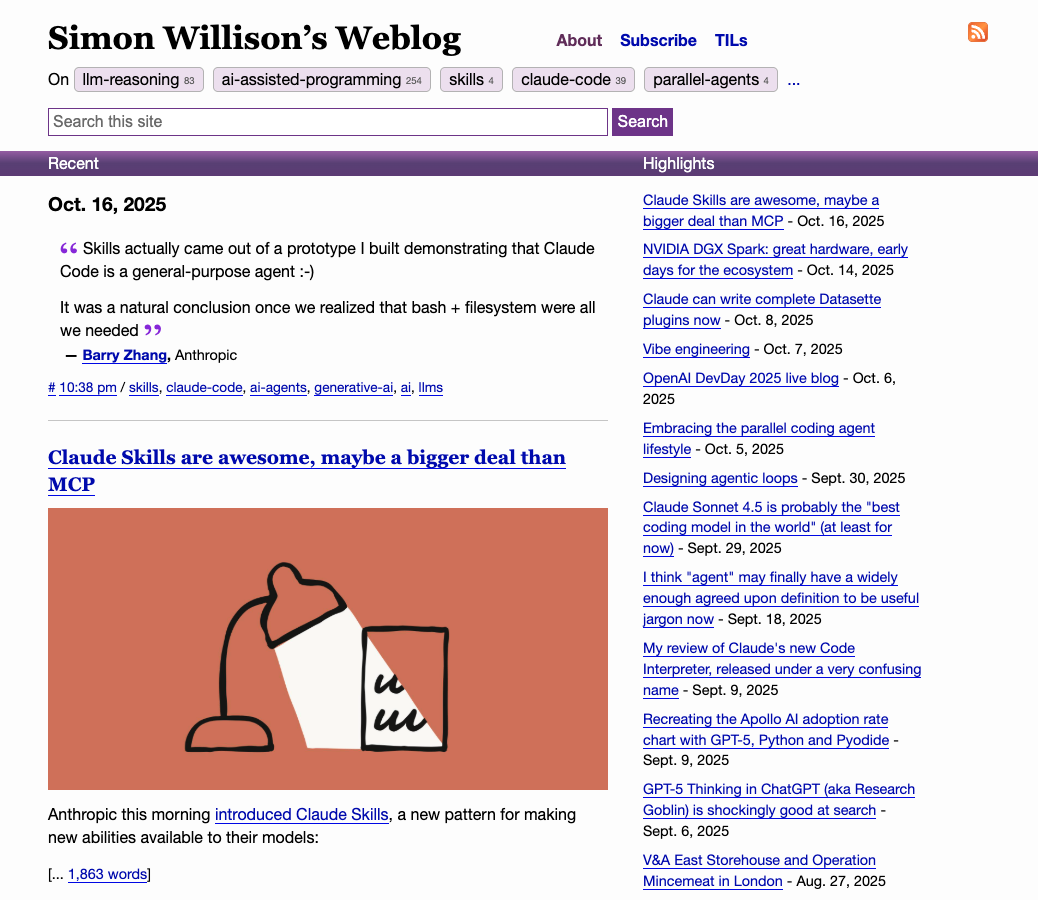
3. The Batch (Andrew Ng / DeepLearning.AI)
Why it matters: Bridges technical depth with accessibility. Covers AI research developments that matter to practitioners, not every paper published, but the ones that change what's possible in production systems.
What you learn: Which AI breakthroughs translate to better development capabilities. What's happening in model efficiency, reasoning capabilities, and multimodal systems. How to think about AI evolution without getting distracted by noise.
Strategic value: Developers stay informed on capabilities that affect their technical decisions without drowning in research papers they don't have time to parse.
Link: The Batch | DeepLearning.AI | AI News & Insights
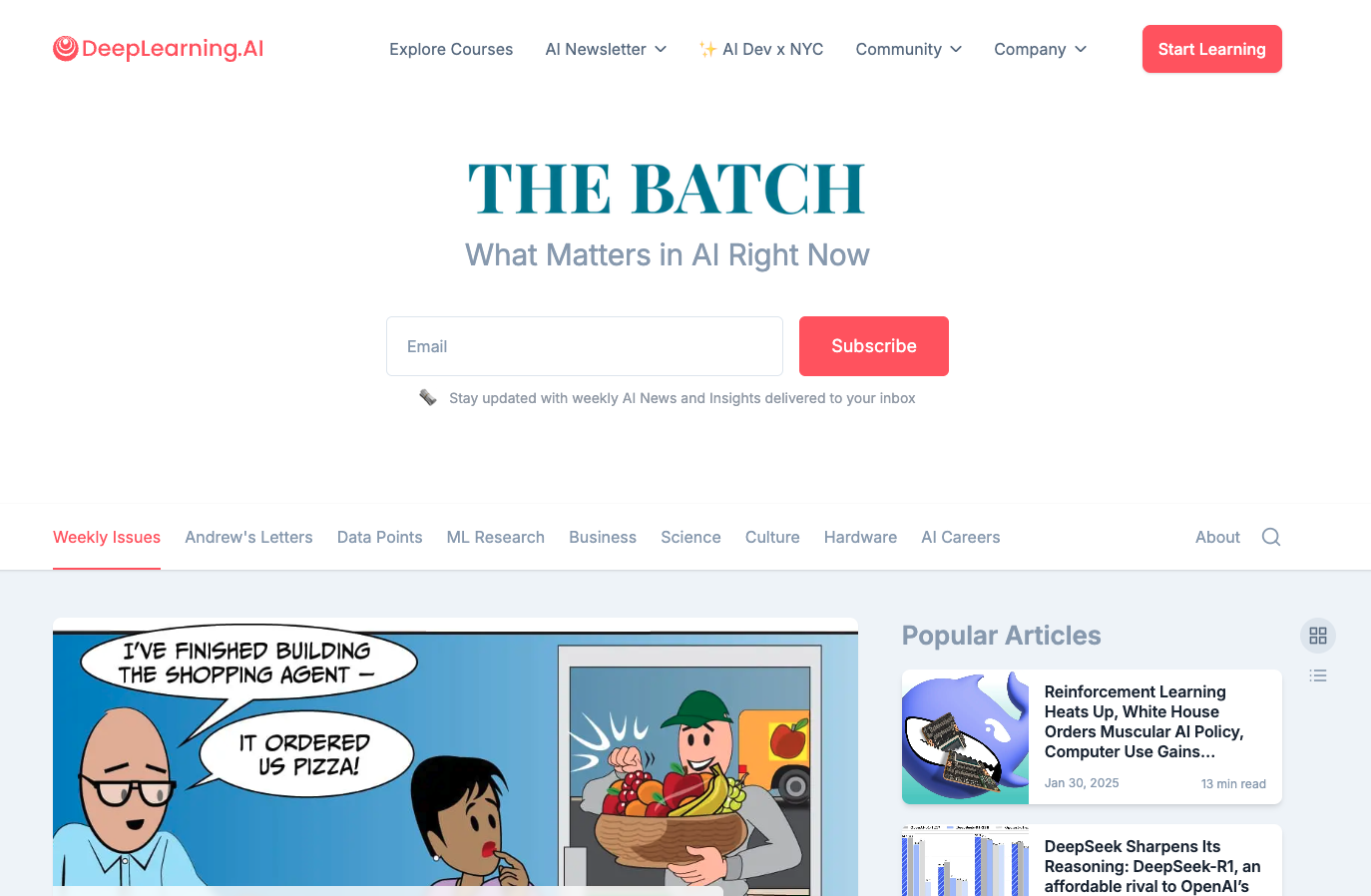
4. Anthropic's Prompt Engineering Documentation
Why it matters: If developers are using LLMs in their workflow or building AI features, understanding prompt engineering isn't optional. Anthropic's docs are among the most practical and well-structured.
What you learn: How to structure prompts for reliability. How to use XML tags for structured output. How to debug when models behave unexpectedly. Cost optimization through better prompting.
Strategic value: Poor prompting creates unreliable features and wastes tokens (and money). Good prompting is a technical skill that directly affects product quality.
Link: Prompt engineering overview - Claude Docs
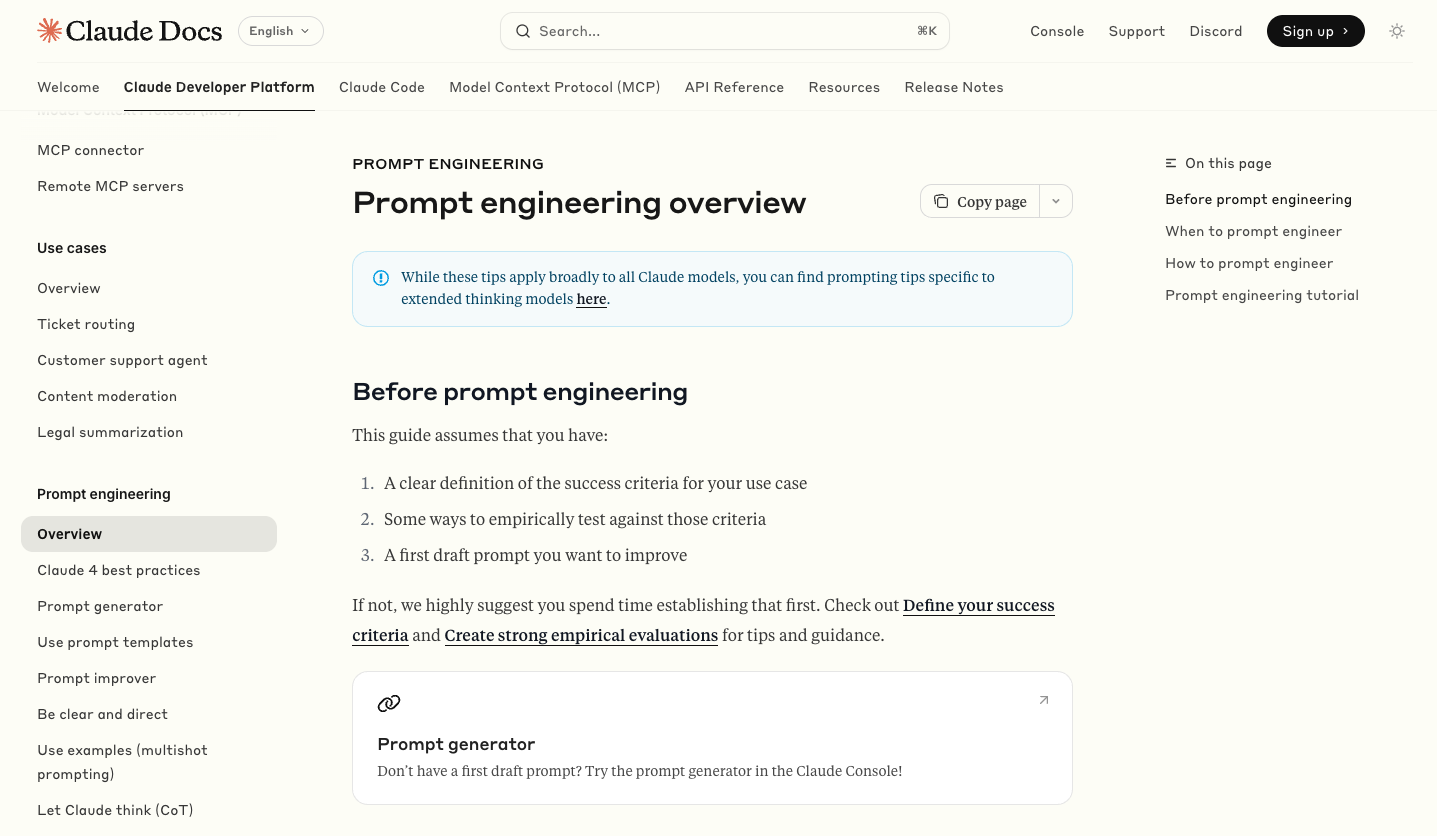
5. Hacker News (AI Section)
Why it matters: Developers are already on HN. The AI-focused threads surface practical discussions: what's working in production, what failed spectacularly, and what tools are worth evaluating.
What you learn: Real-world AI adoption patterns from practitioners. Which tools have staying power vs. flash-in-the-pan hype. Technical critiques that matter.
Strategic value: The HN developer community is skeptical and practical. If something survives scrutiny there, it's worth investigating.
Link: Hacker News (filter for AI topics)
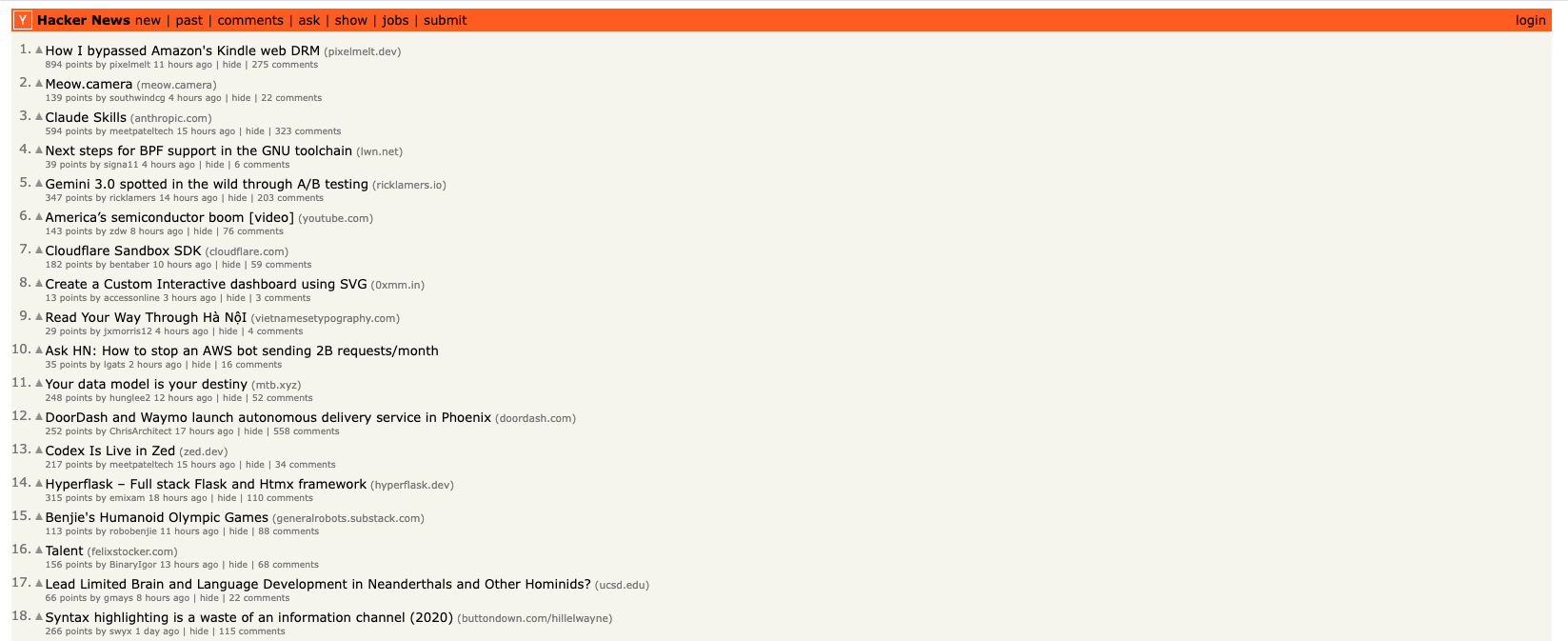
6. GitHub Copilot Blog & Changelog
Why it matters: Most developers are already using or evaluating AI coding assistants. GitHub's blog and changelog show where the tooling is headed and how to use it effectively.
What you learn: New Copilot capabilities. Integration patterns with your existing workflow. Case studies from teams using AI assistants in production.
Strategic value: AI coding assistants are infrastructure now, not novelty. Understanding how to use them well compounds developer productivity.
Link: GitHub blog: Engineering category | GitHub co-pilot changelog
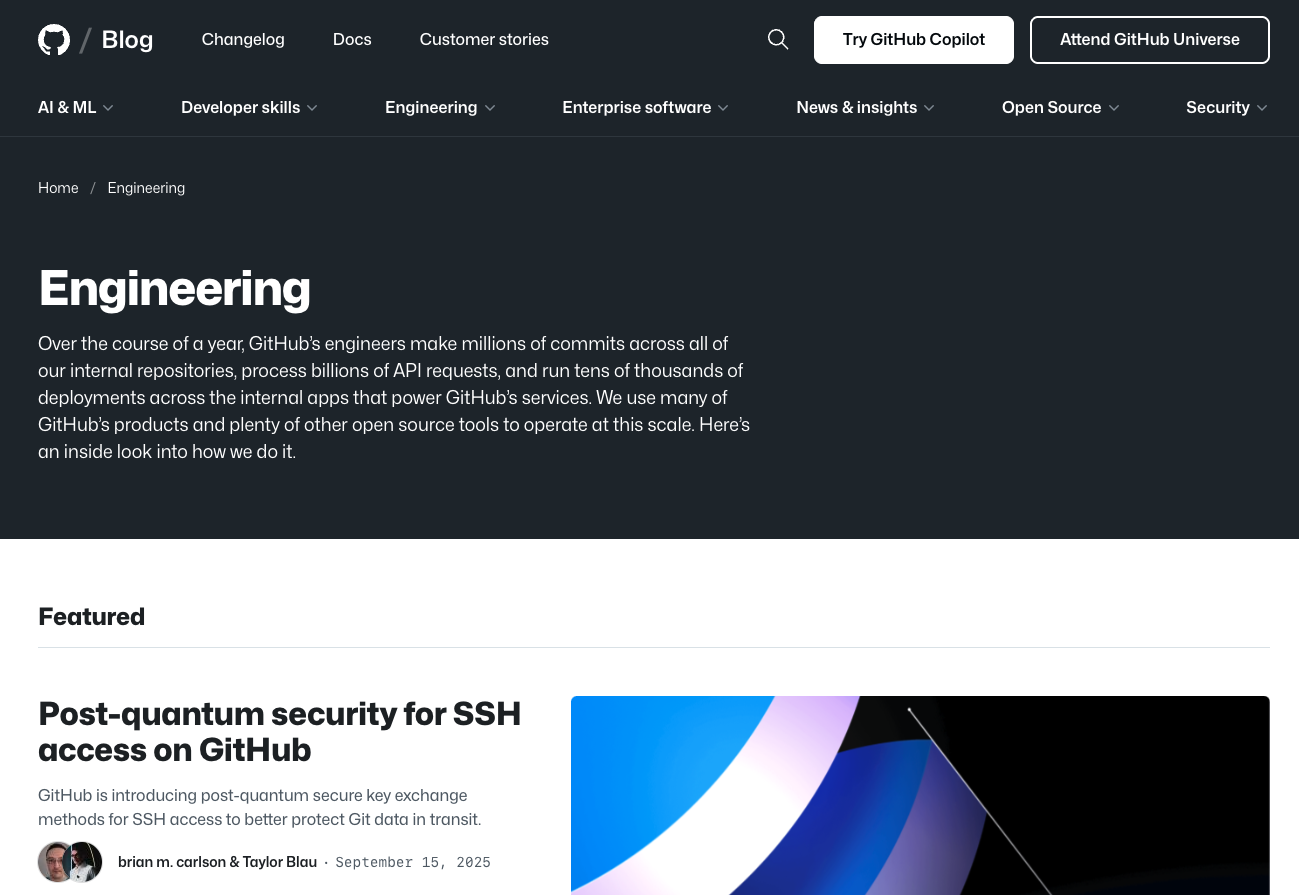
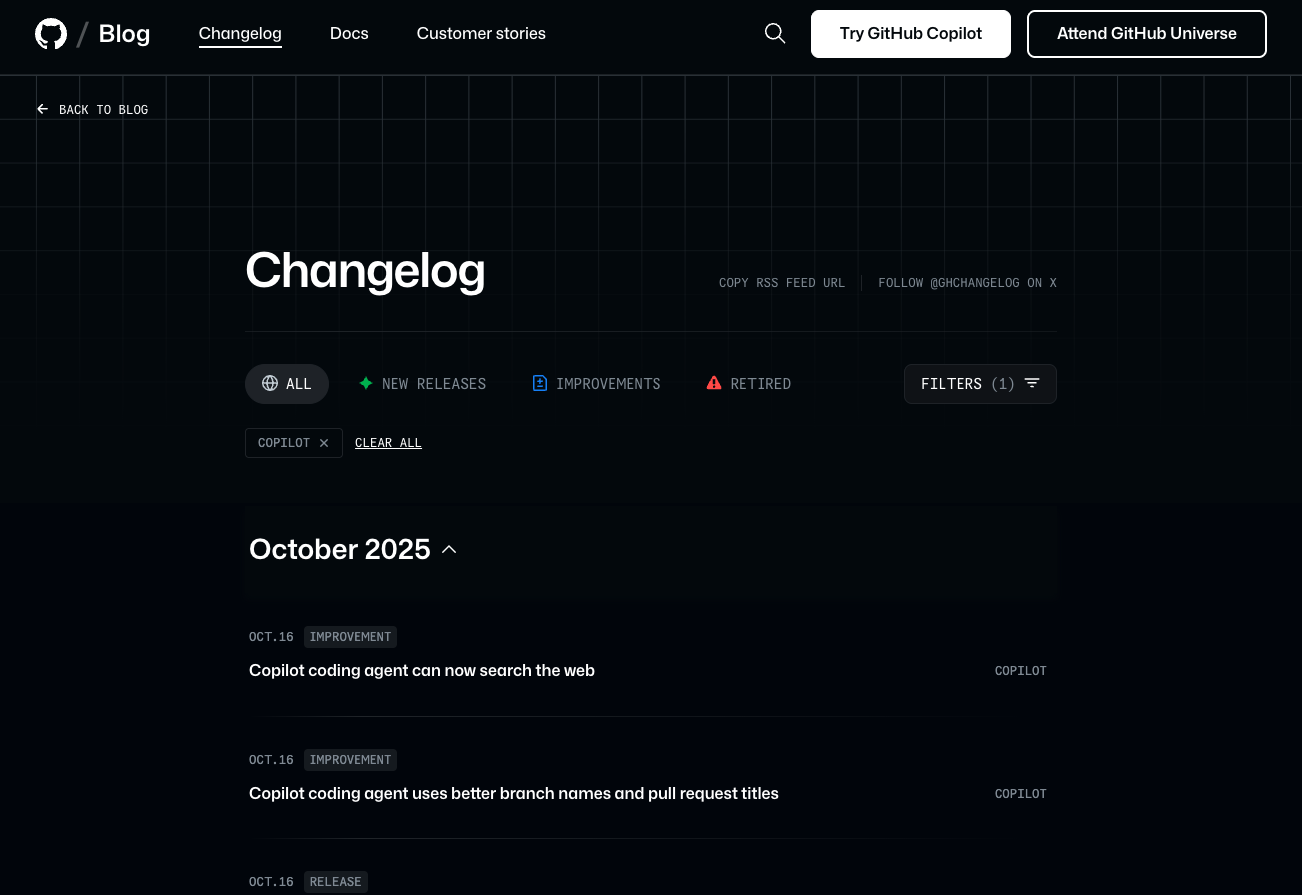
Pro tip: Developers should balance AI-assisted coding with understanding what the code actually does. The best developers use AI to move faster on boilerplate and focus cognitive energy on architecture and complex problem-solving, not as a crutch that atrophies their own skills.
For Designers: AI + Human-Centered Design
Designers face a unique challenge with AI: the tools promise to "automate design," but the real value is in augmenting human creativity and user-centered thinking, not replacing it.
1. Nielsen Norman Group (AI + UX Research)
Why it matters: NNG is the gold standard for UX research and best practices. Their AI-focused content explores how AI changes user behavior, interface patterns, and design processes; not from a tool perspective, but from a human-centered one.
What you learn: How users actually interact with AI features. What mental models people bring to AI interfaces. Design patterns that work (and fail) for AI-powered experiences.
Strategic value: Designers who understand user psychology around AI build better products. AI features that ignore human-centered principles fail regardless of technical sophistication.
Link: NNG Articles & Videos on AI
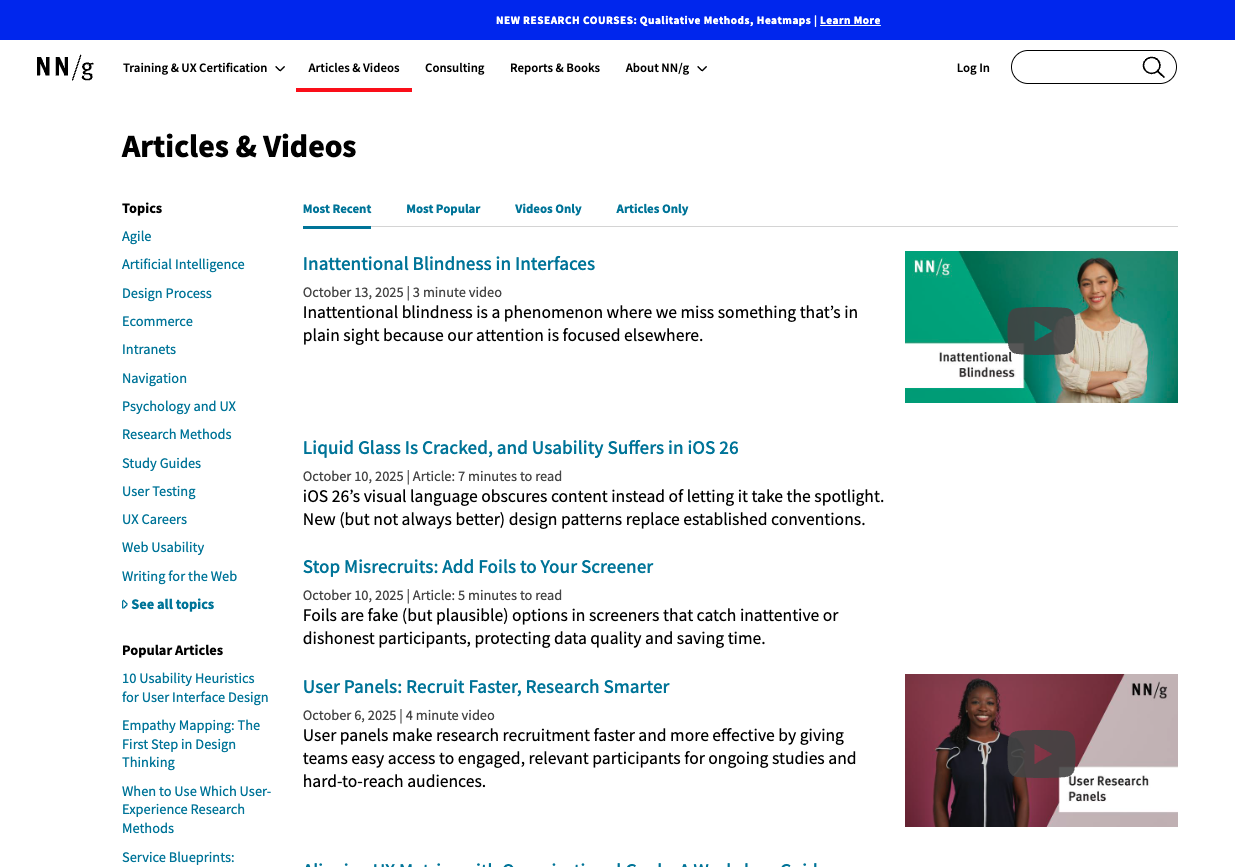
2. AI Design Systems Newsletter (by Maggie Appleton)
Why it matters: Appleton explores the intersection of design systems, visual thinking, and AI. Her work helps designers think about how AI changes information architecture, visual communication, and design tooling.
What you learn: How to think visually about AI concepts. Design patterns for AI-generated content. How design systems evolve when AI becomes part of the creation process.
Strategic value: Designers need frameworks for AI-augmented design work. Appleton's thinking helps structure that evolution rather than treating AI as chaos.
Link: Maggie Appleton - Programming, Design and Anthropology (browse AI-related essays amongst her content)
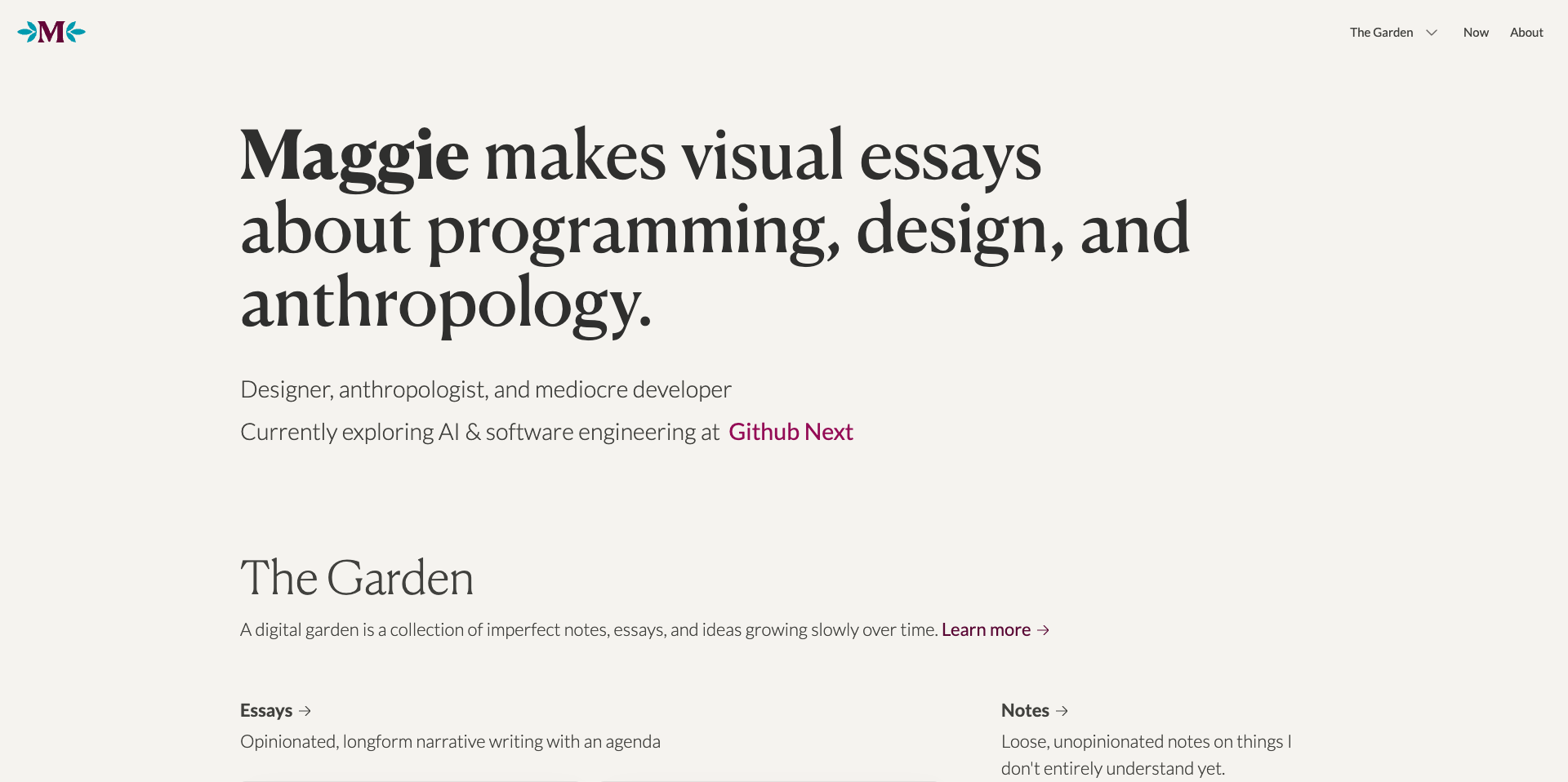
3. UX Collective (AI in Design)
Why it matters: Practical case studies and thought pieces from practicing designers. Covers AI tooling, ethical considerations, and how design workflows are evolving with AI assistance.
What you learn: Real-world examples of designers integrating AI into their process. What works, what's overhyped, what ethical questions arise.
Strategic value: Designers learn best from peer practitioners. UX Collective surfaces the signal without the vendor marketing noise.
Link: UX Collective - Stories for designers; thinkers and makers (browse for AI-related content)
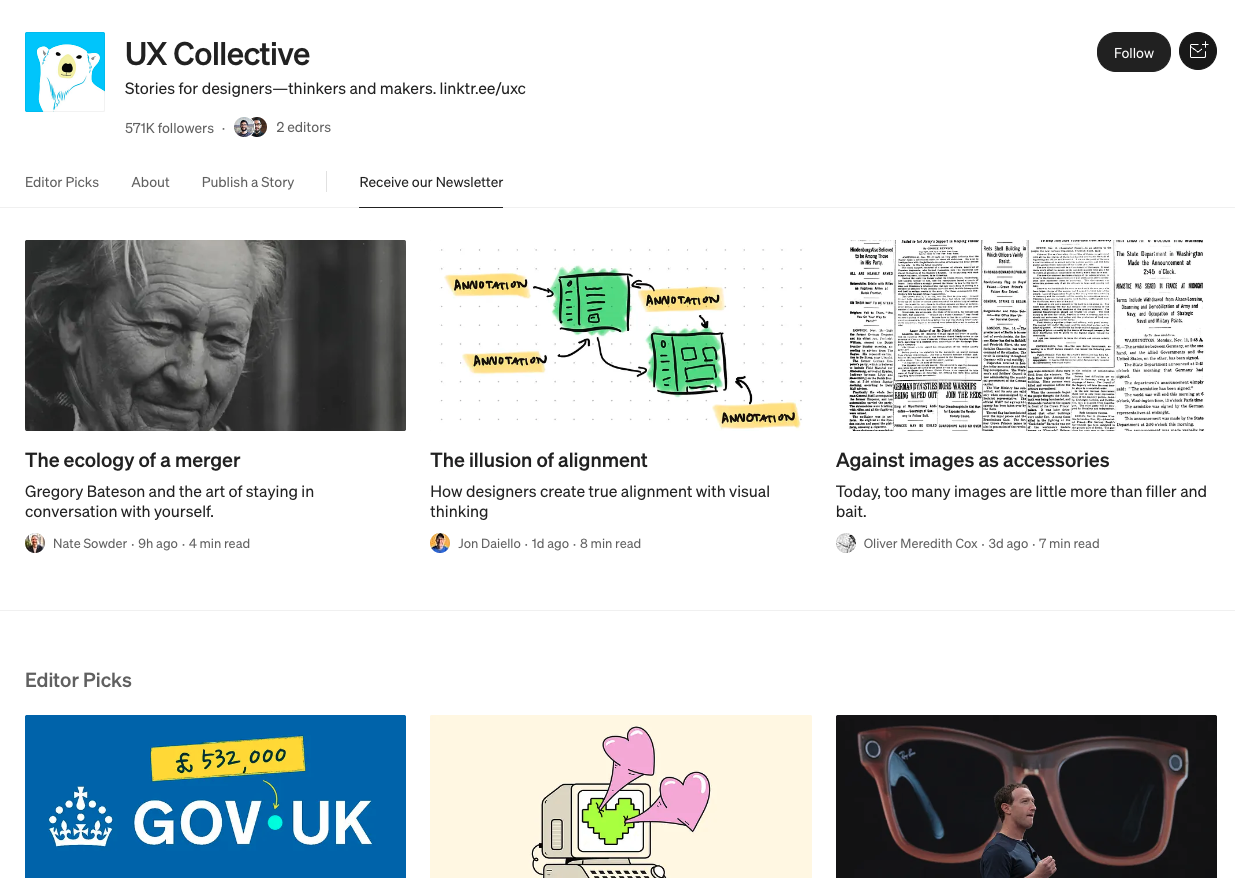
4. Figma AI Blog
Why it matters: You might see this as an obvious suggestion, but Figma is where most product designers work. Understanding how AI integrates into the design tool ecosystem, and what's coming, helps designers stay ahead of workflow changes.
What you learn: AI features in Figma. How design-to-dev handoff evolves with AI. Collaborative design patterns when AI assists creation.
Strategic value: Designers who understand their tools deeply use them better. AI features in design tools aren't gimmicks; they're workflow accelerators when used thoughtfully.
Link: Figma’s AI Content
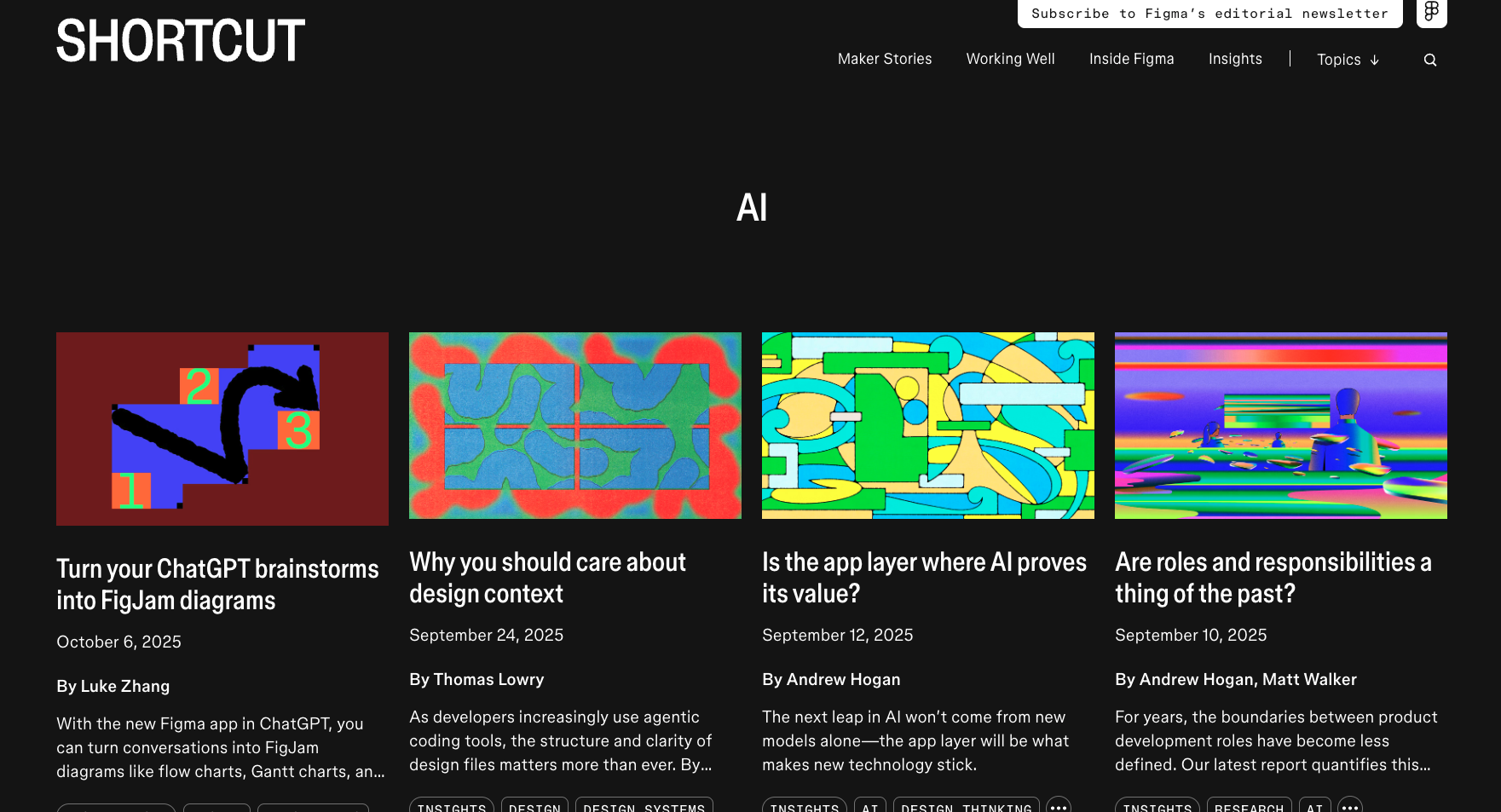
5. Exponential View (Azeem Azhar)
Why it matters: Azhar covers AI's broader societal and business implications, critical for designers thinking about ethical AI, user trust, and how their work affects real people.
What you learn: How AI adoption affects different populations. Ethical frameworks for AI design. Business models emerging around AI that shape product constraints.
Strategic value: Designers build for humans, not algorithms; understanding AI's broader context makes them better advocates for user needs in product decisions.
Link: Exponential View | Azeem Azhar
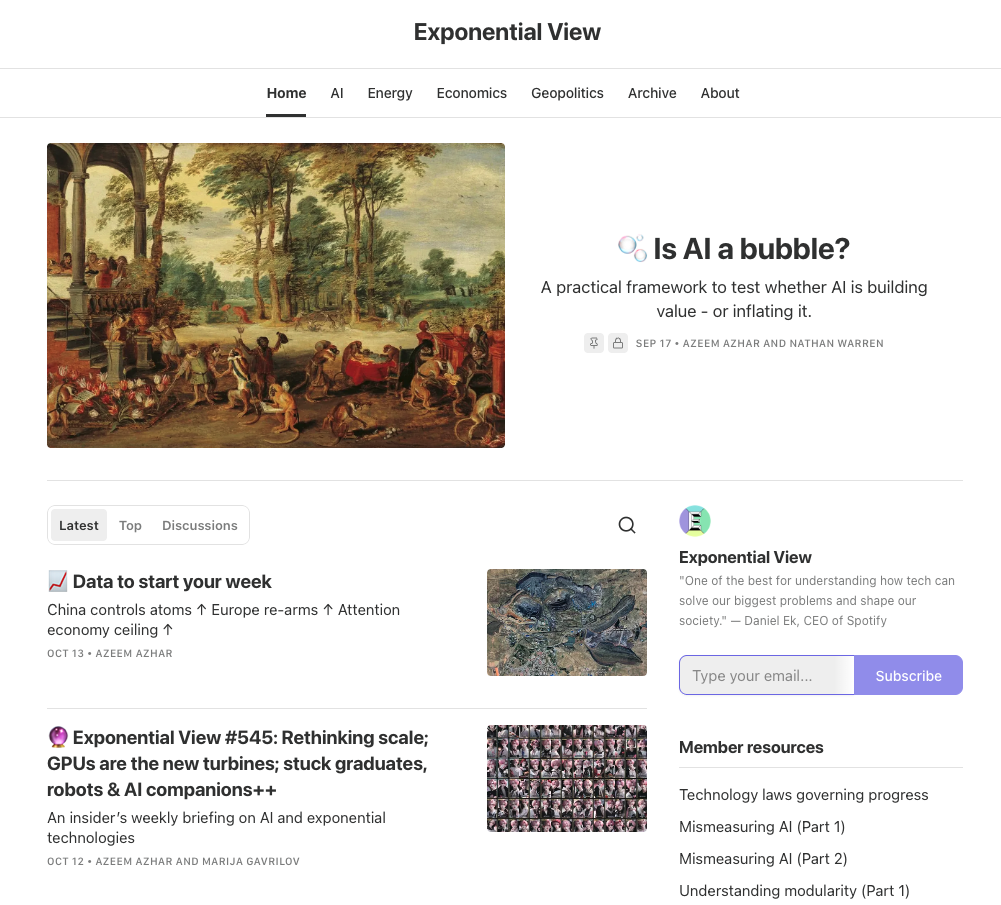
6. AI Design Ethics Resources
Why it matters: Designers are often the conscience of product teams. Understanding bias, fairness, transparency, and accountability in AI systems is foundational to responsible design.
What you learn: How to evaluate AI features for bias. What transparency and explainability mean in practice. How to advocate for ethical AI within product teams.
Strategic value: Products that ignore ethical AI design create user harm and brand risk. Designers who understand these issues prevent problems before they ship.
Key resources:
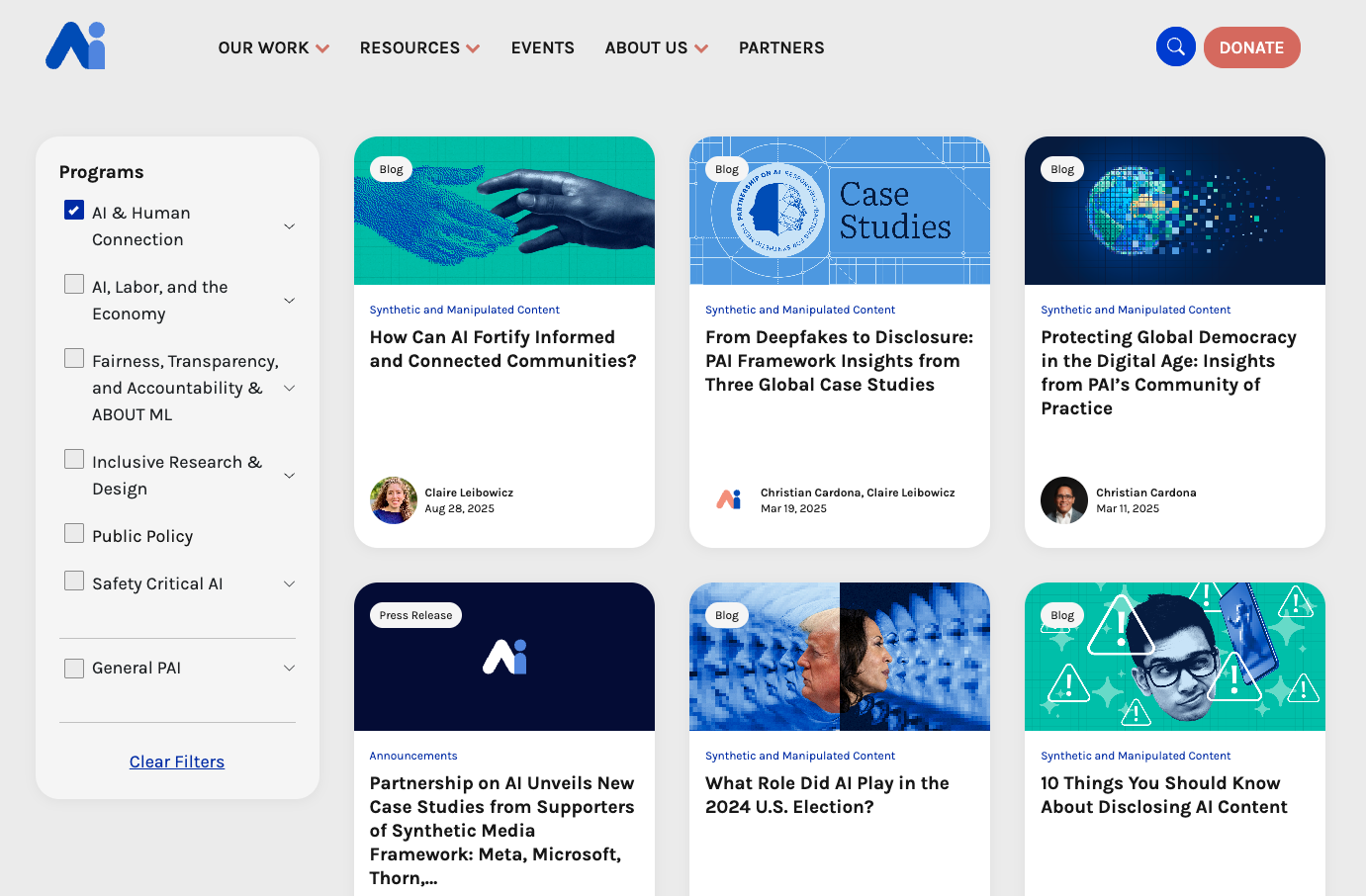

Important: AI tools can speed up iteration, generate variations, and automate tedious tasks. But they can't replace the designer's judgment about whether something solves the user's actual problem. The best design work combines AI efficiency with human empathy and strategic thinking.
For Product Managers: AI Strategy & Roadmap Intelligence
Product managers need to understand how AI changes what's buildable, what's valuable, and how to prioritize when every stakeholder wants "AI features."
1. Lenny's Newsletter (AI for PMs)
Why it matters: Lenny Rachitsky's newsletter is essential reading for product managers, and his AI-focused content helps PMs think strategically about integrating AI into product roadmaps without chasing hype.
What you learn: How top product teams approach AI features. What works in AI product development vs. what fails. How to evaluate AI opportunities against other priorities.
Strategic value: PMs who follow Lenny's frameworks make smarter trade-offs. They build AI features that deliver user value, not features that exist because "everyone's doing AI."
Link: Lenny's Newsletter | Lenny Rachitsky

2. Reforge (AI Product Strategy)
Why it matters: Reforge offers deep-dive courses and articles on product strategy. Their AI content focuses on practical questions: how do you measure AI feature success? How do you build roadmaps when AI capabilities evolve rapidly?
What you learn: Frameworks for evaluating AI product opportunities. How to measure success for AI features (not just adoption, actual value). How to communicate AI strategy to stakeholders who don't understand the technology.
Strategic value: PMs operate in ambiguity. Reforge's frameworks help structure thinking when you're building something new without clear precedent.
Link: The Reforge Blog
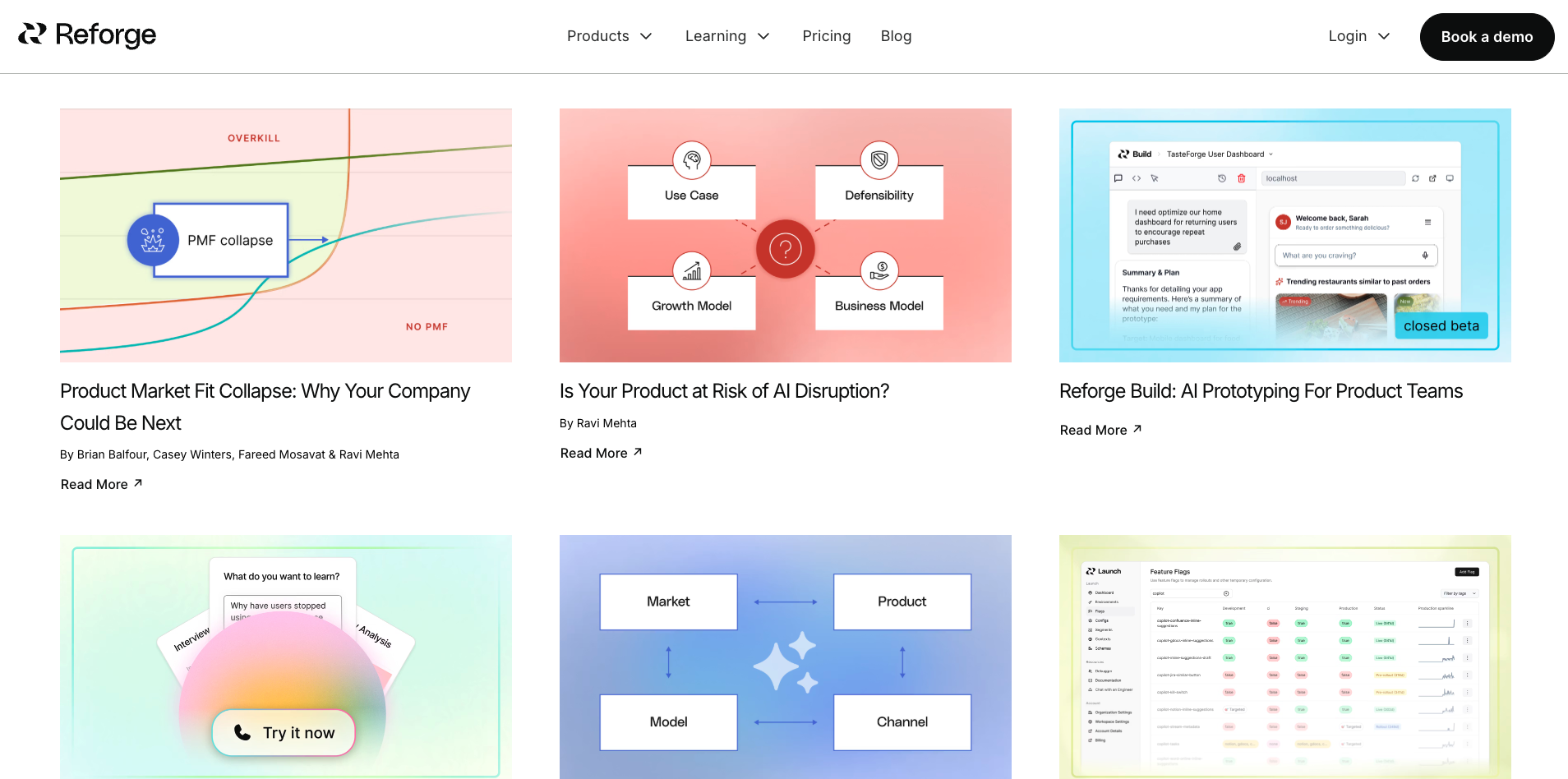
3. Benedict Evans Newsletter
Why it matters: Evans covers technology trends with a business lens. His AI analysis helps PMs understand market dynamics, competitive positioning, and where AI creates defensible value vs. where it's commoditized quickly.
What you learn: Which AI capabilities become table stakes vs. which create competitive advantage. How AI changes business models and go-to-market strategies. Where the market is headed, not just where it is today.
Strategic value: PMs need to think beyond "should we build this?" to "will this matter in 18 months?" Evans provides that strategic lens.
Link: Benedict’s Newsletter - Benedict Evansben | Benedict Evansben - Home
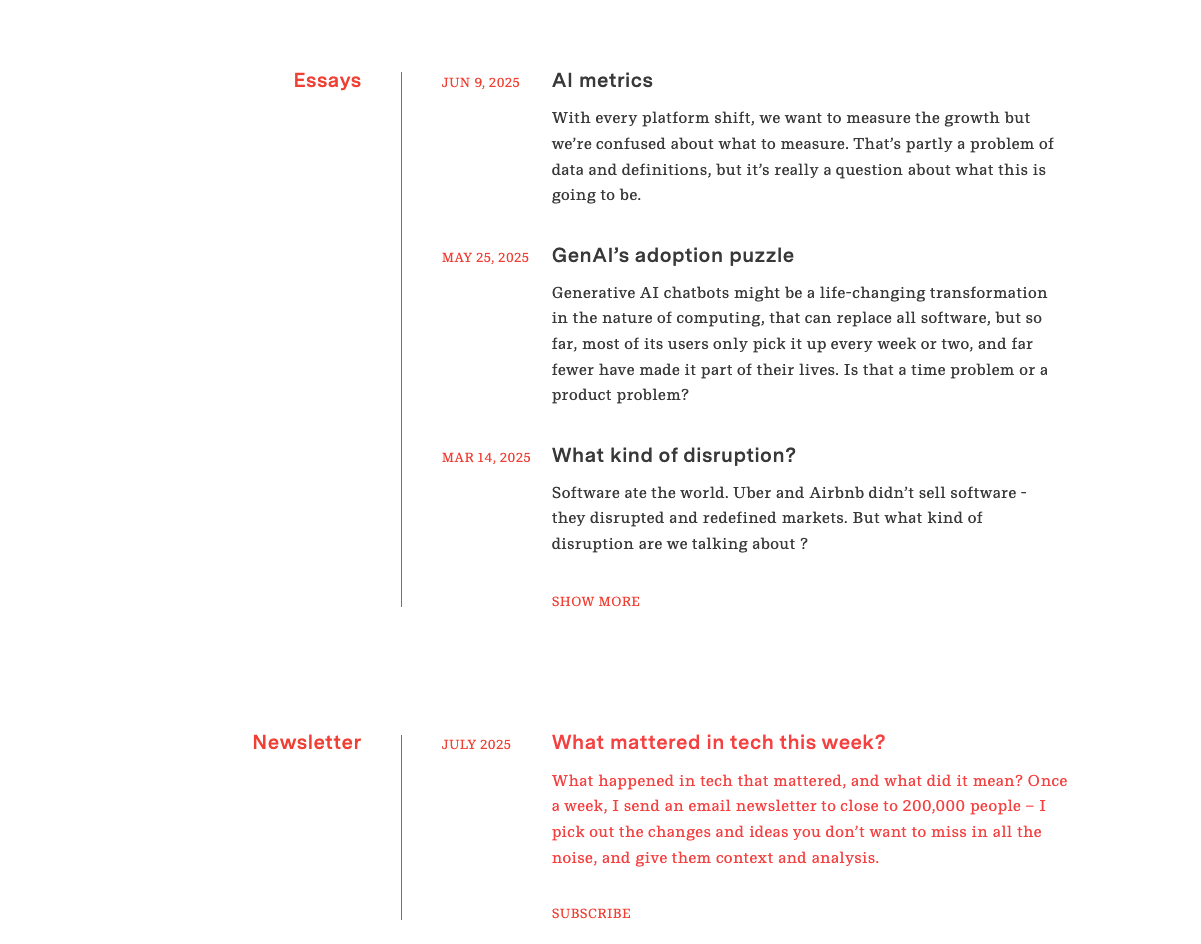
4. Product Hunt AI Section
Why it matters: Product Hunt surfaces new AI tools and products constantly. For PMs, this is competitive intelligence: what's being built, what's getting traction, what approaches are users responding to.
What you learn: Emerging AI product patterns. What features users actually want vs. what builders think they want. Early signals on what's working in market.
Strategic value: PMs who monitor competitive landscape spot opportunities and threats early. Product Hunt is noisy, but the signal matters.
Link: Producthunt - AI category
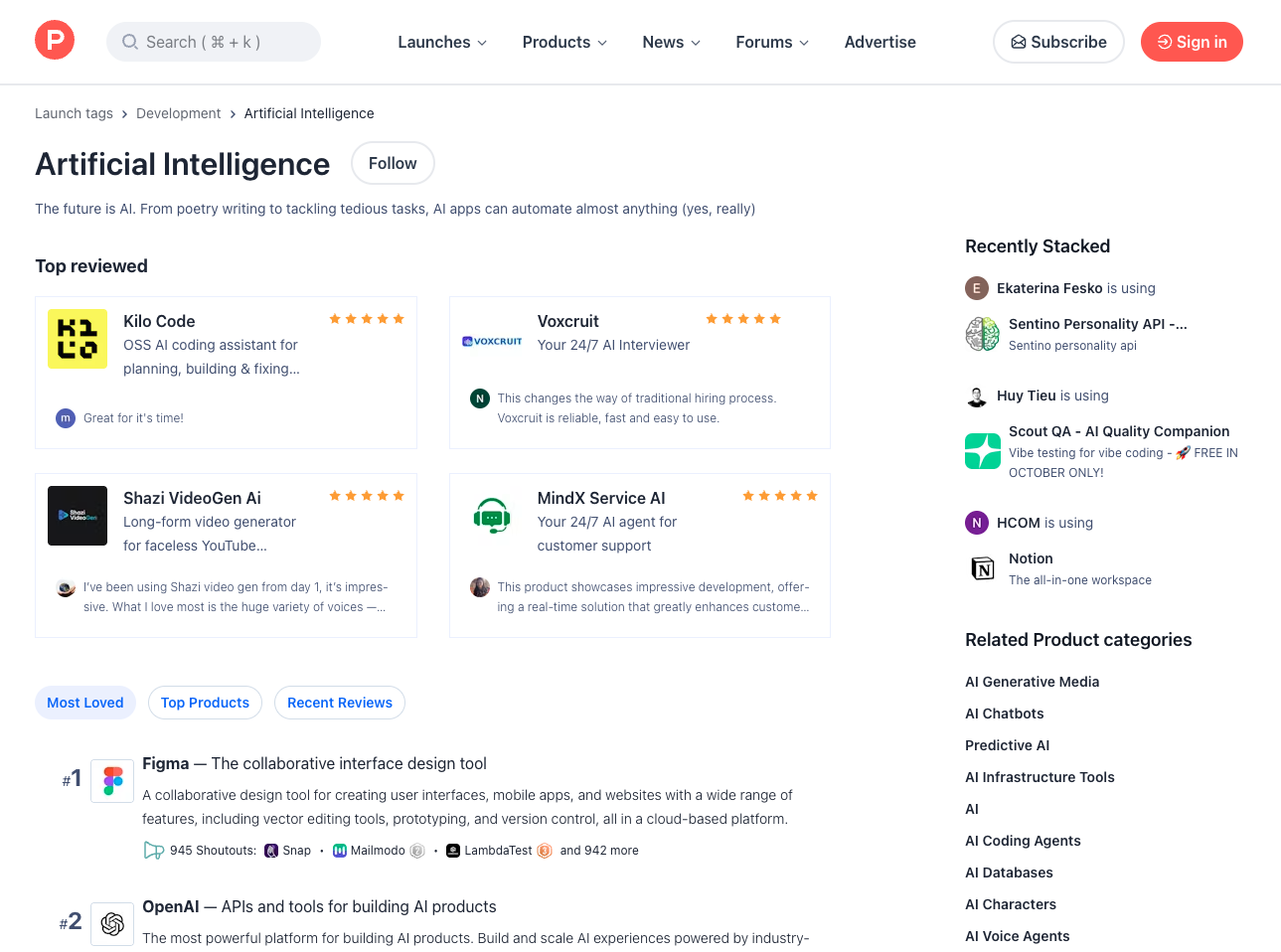
5. AI Product Institute (Teresa Torres)
Why it matters: Torres focuses on continuous discovery, how product teams learn what to build. Her AI-related work helps PMs think about how AI changes user research, opportunity identification, and validation.
What you learn: How to do user research when AI is involved. How to validate AI feature ideas before heavy investment. How to structure continuous learning with rapidly evolving AI capabilities.
Strategic value: PMs avoid building the wrong thing by staying close to users. Torres' frameworks keep that discipline strong even when AI makes everything feel novel.
Link: Product Talk | Make better product decisions
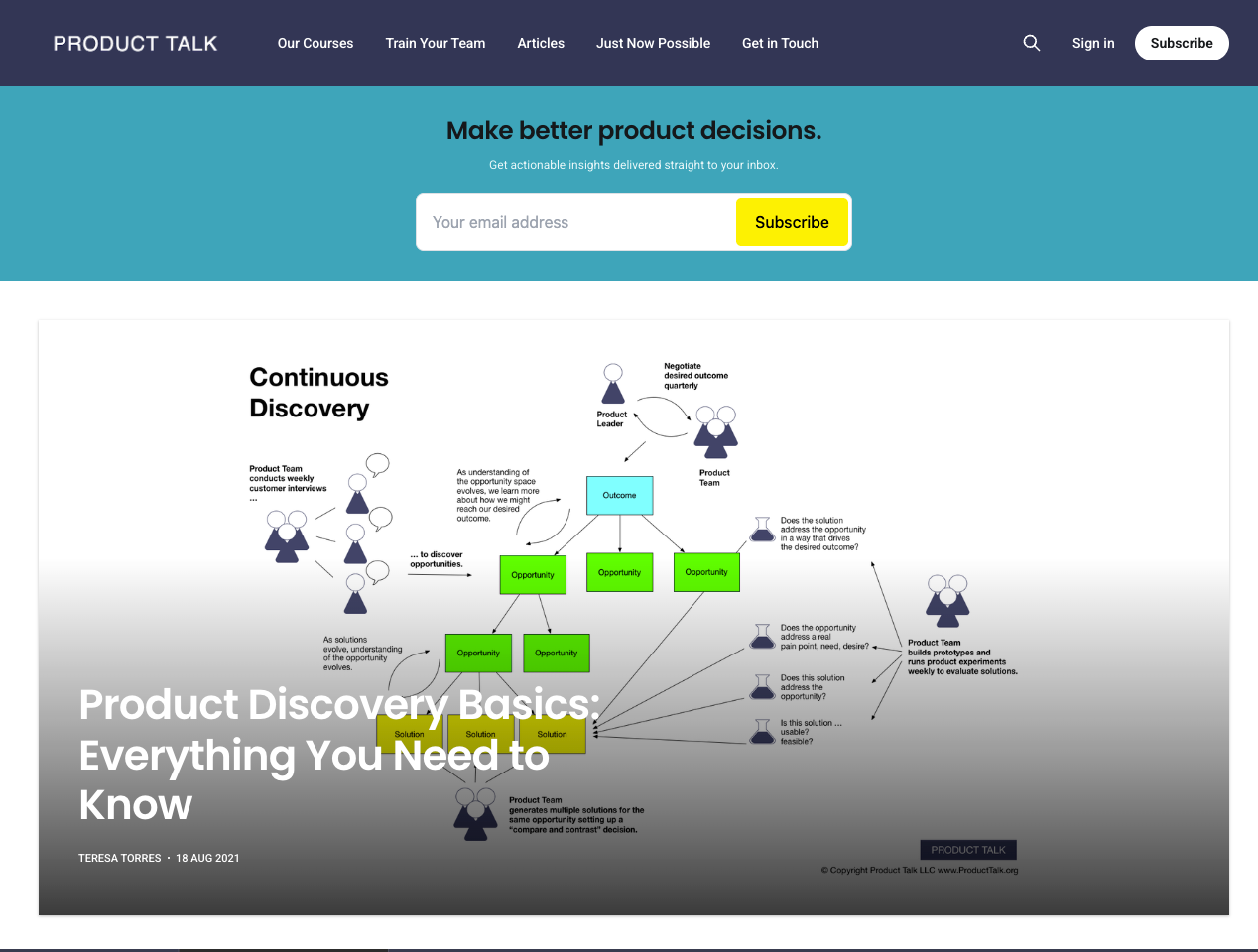
6. OpenAI Product Updates & Developer Blog
Why it matters: For PMs building AI-powered features, understanding what's possible with leading models matters. OpenAI's product updates and developer blog show capability evolution in real-time.
What you learn: New model capabilities that unlock product opportunities. Cost changes that affect unit economics. API improvements that change what's feasible in your product.
Strategic value: PMs who understand technical constraints make better roadmap decisions. "We could build that now" vs. "we should wait 6 months for better models" is a real trade-off.
Link: OpenAI News | OpenAI Developer Blog
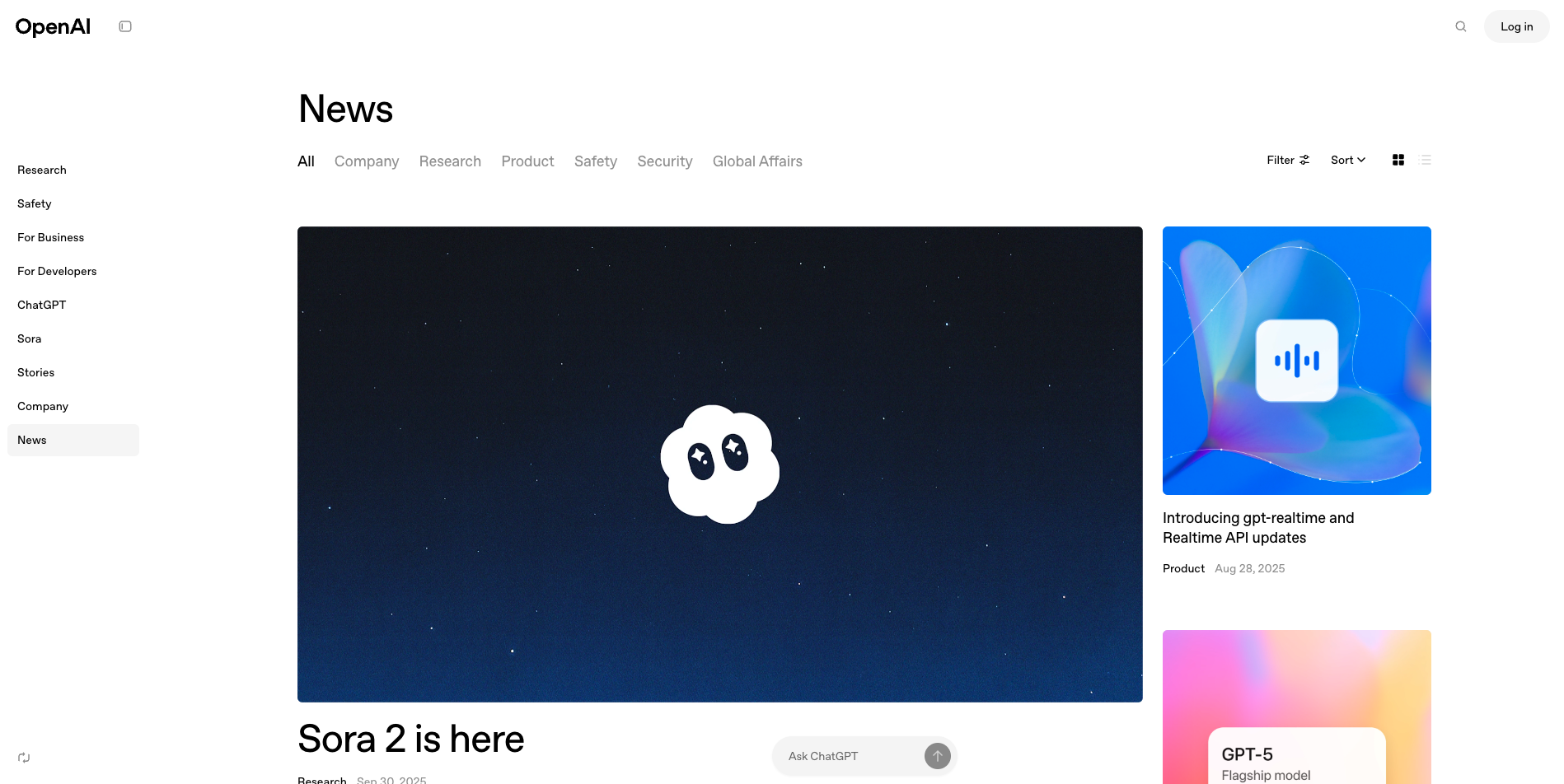
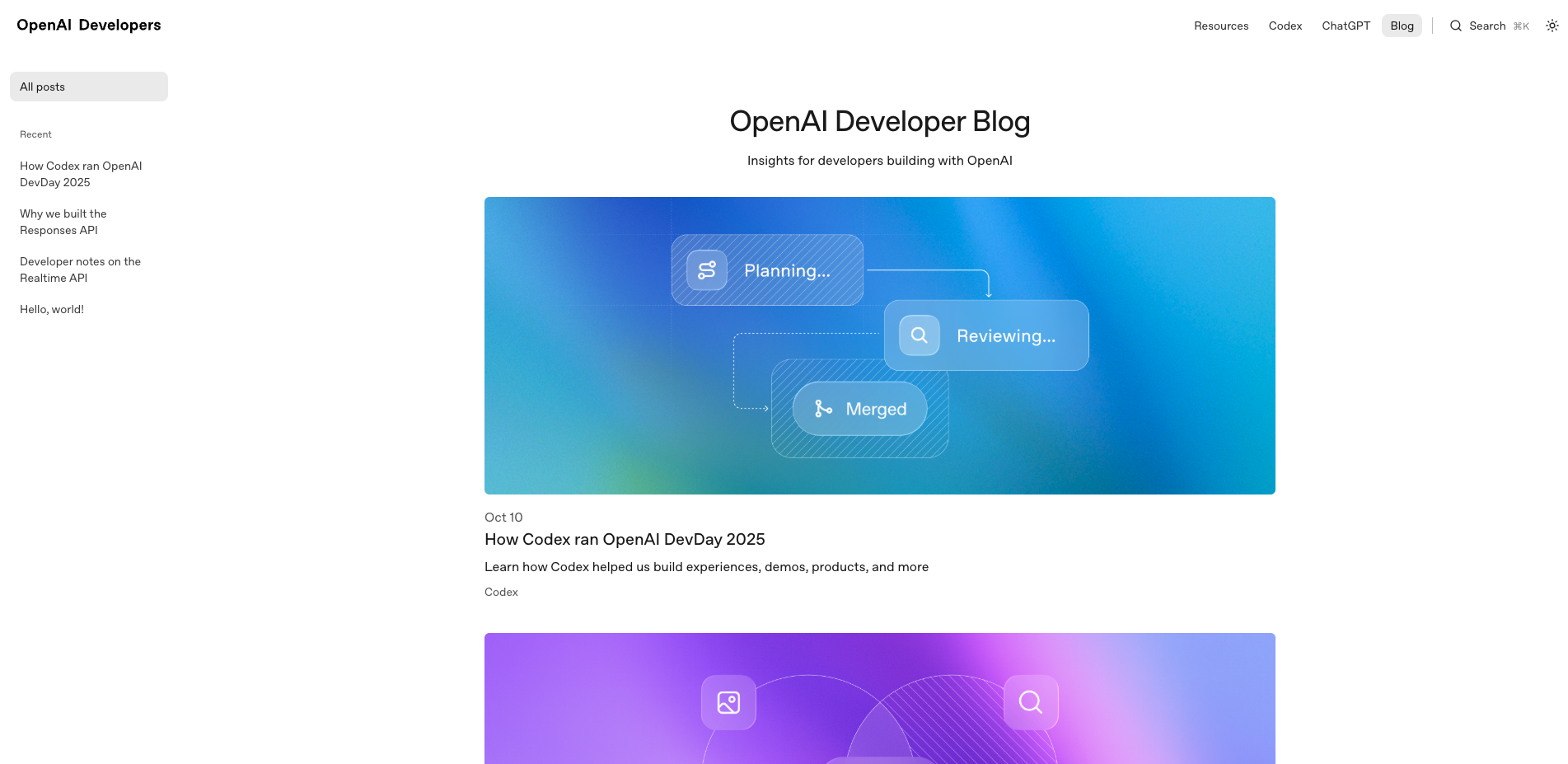
Learn more: The best PMs treat AI features like any other product capability; they solve user problems, have measurable success metrics, and get prioritized against clear strategic goals. AI isn't a strategy; it's a tool in service of strategy.
For Engineering Leaders: Team Strategy & AI Transformation
CTOs, VPs of Engineering, and technical leaders need intelligence that helps them make organizational decisions: how AI changes team structure, hiring, productivity, and technical strategy.
1. Pragmatic Engineer (Gergely Orosz)
Why it matters: Orosz covers engineering leadership, team dynamics, and industry trends with unusual depth. His AI-related content focuses on how engineering organizations actually adopt AI—not theoretically, but in practice.
What you learn: How top engineering teams integrate AI. What works in AI tooling adoption. Hiring strategies when AI changes required skill sets. How to evaluate AI hype vs. reality.
Strategic value: Engineering leaders make better decisions when they understand what peers at high-performing companies are actually doing, not what conference talks claim.
Link: The Pragmatic Engineer | Gergely Orosz
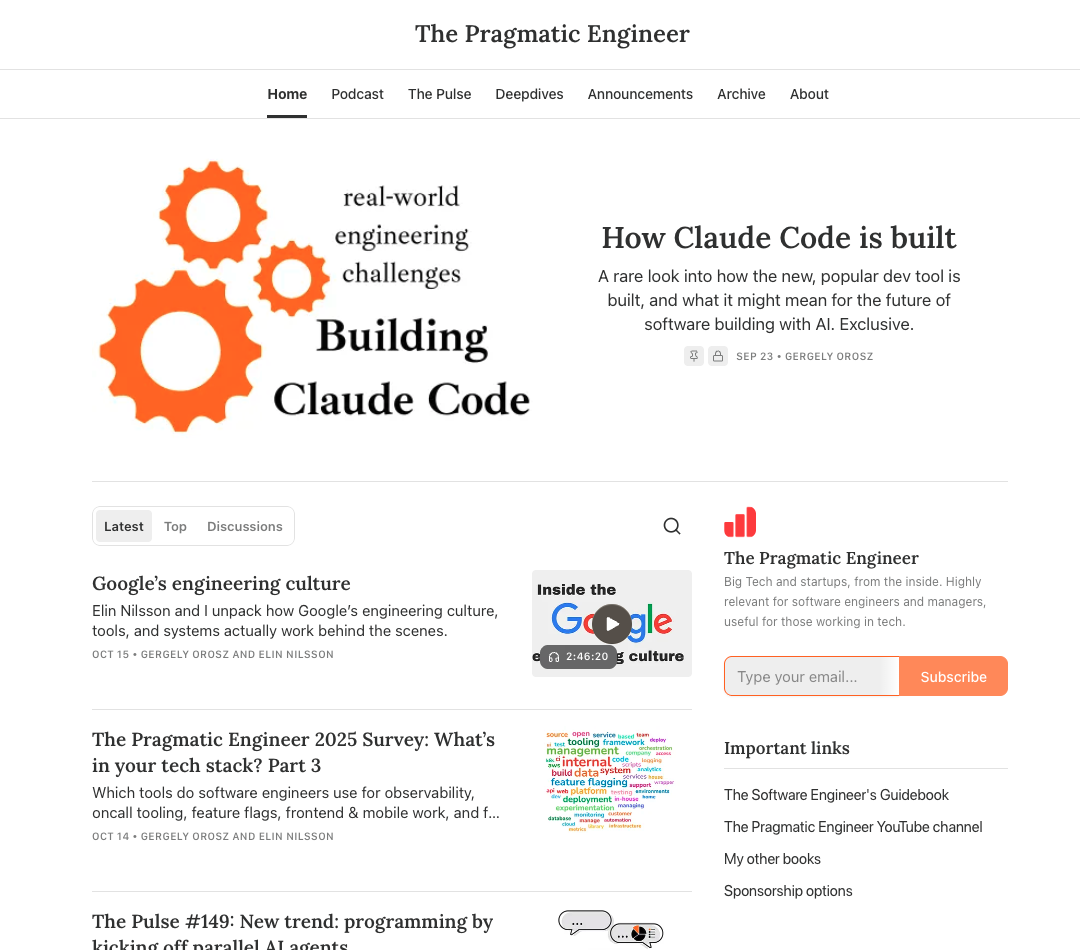
2. InfoQ (AI/ML Section)
Why it matters: InfoQ aggregates engineering leadership content, case studies, and technical deep-dives. Their AI/ML section covers architecture decisions, team organization, and practical adoption patterns.
What you learn: How companies architect AI systems at scale. What infrastructure decisions matter. How to organize teams when AI capabilities span multiple domains.
Strategic value: Engineering leaders need technical depth without getting lost in implementation details. InfoQ strikes that balance.
Link: AI, ML & Data Engineering for Software Developers - InfoQ
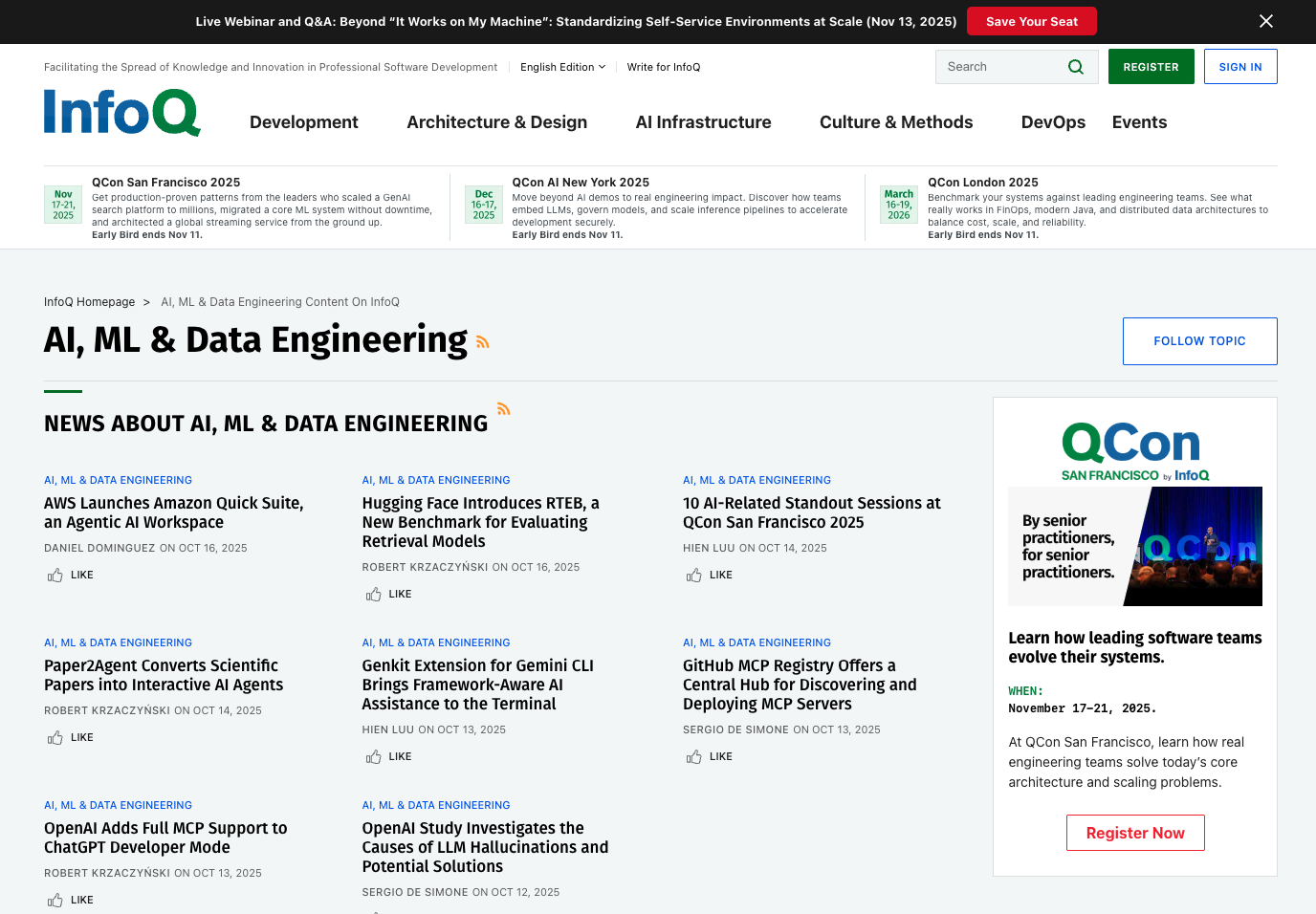
3. Thoughtworks Technology Radar
Why it matters: Thoughtworks releases quarterly assessments of technologies: adopt, trial, assess, hold. Their AI-related recommendations help engineering leaders separate signal from noise.
What you learn: Which AI tools and practices are mature enough for production use. What's emerging but risky. What to avoid despite hype.
Strategic value: Engineering leaders need informed opinions on technology bets. Thoughtworks provides that based on real project experience across clients.
Link: Technology Radar | Guide to technology landscape
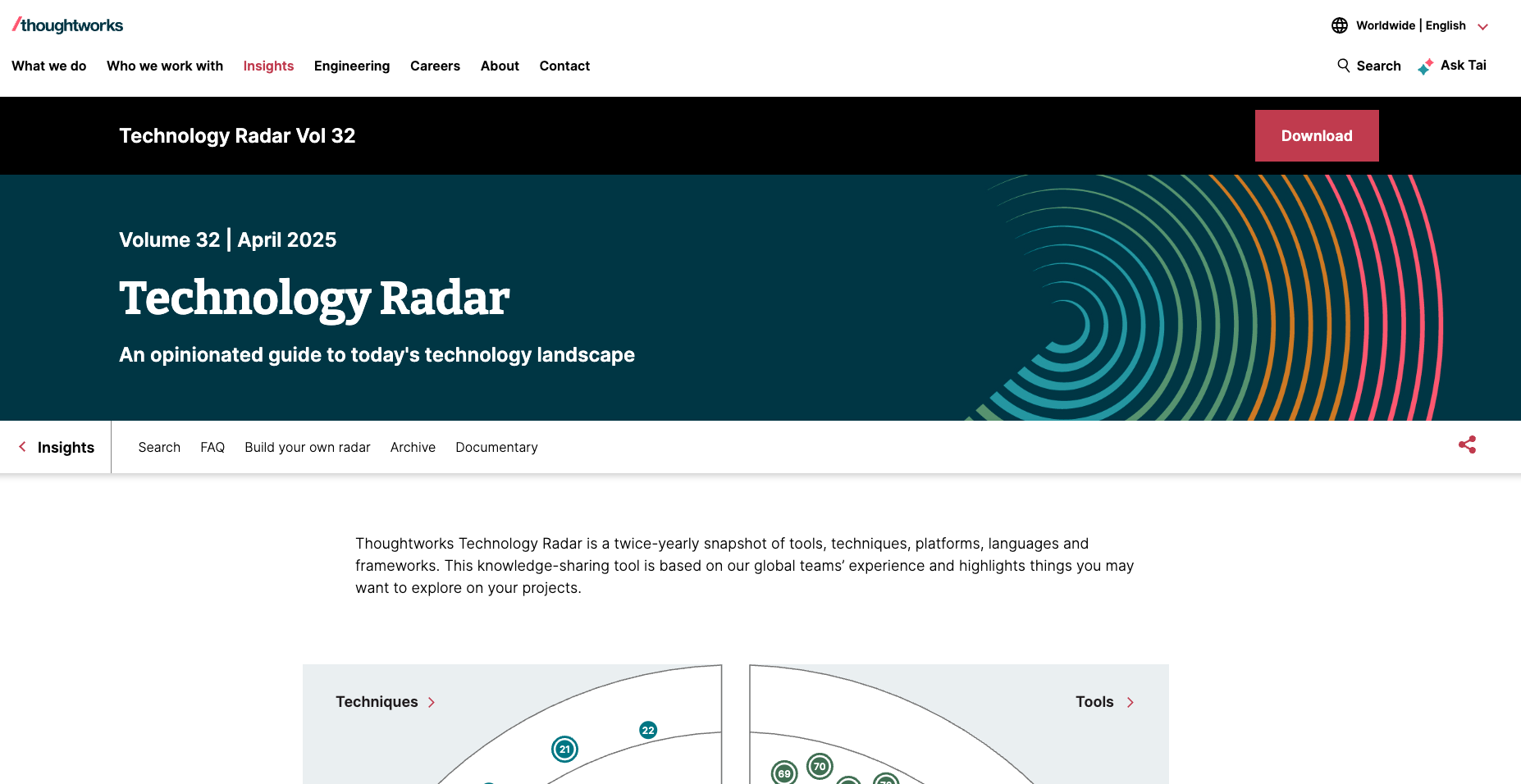
4. a16z AI Content (Andreessen Horowitz)
Why it matters: a16z invests heavily in AI companies and publishes strategic analysis on market trends, business models, and technical evolution. Useful for understanding where investment and innovation are flowing.
What you learn: What investors believe about AI's future. Which business models are working. How AI changes competitive dynamics in software.
Strategic value: Engineering leaders who understand market forces make better technical bets. a16z provides that context from a well-informed investor perspective.
Link: AI + a16z | Andreessen Horowitz
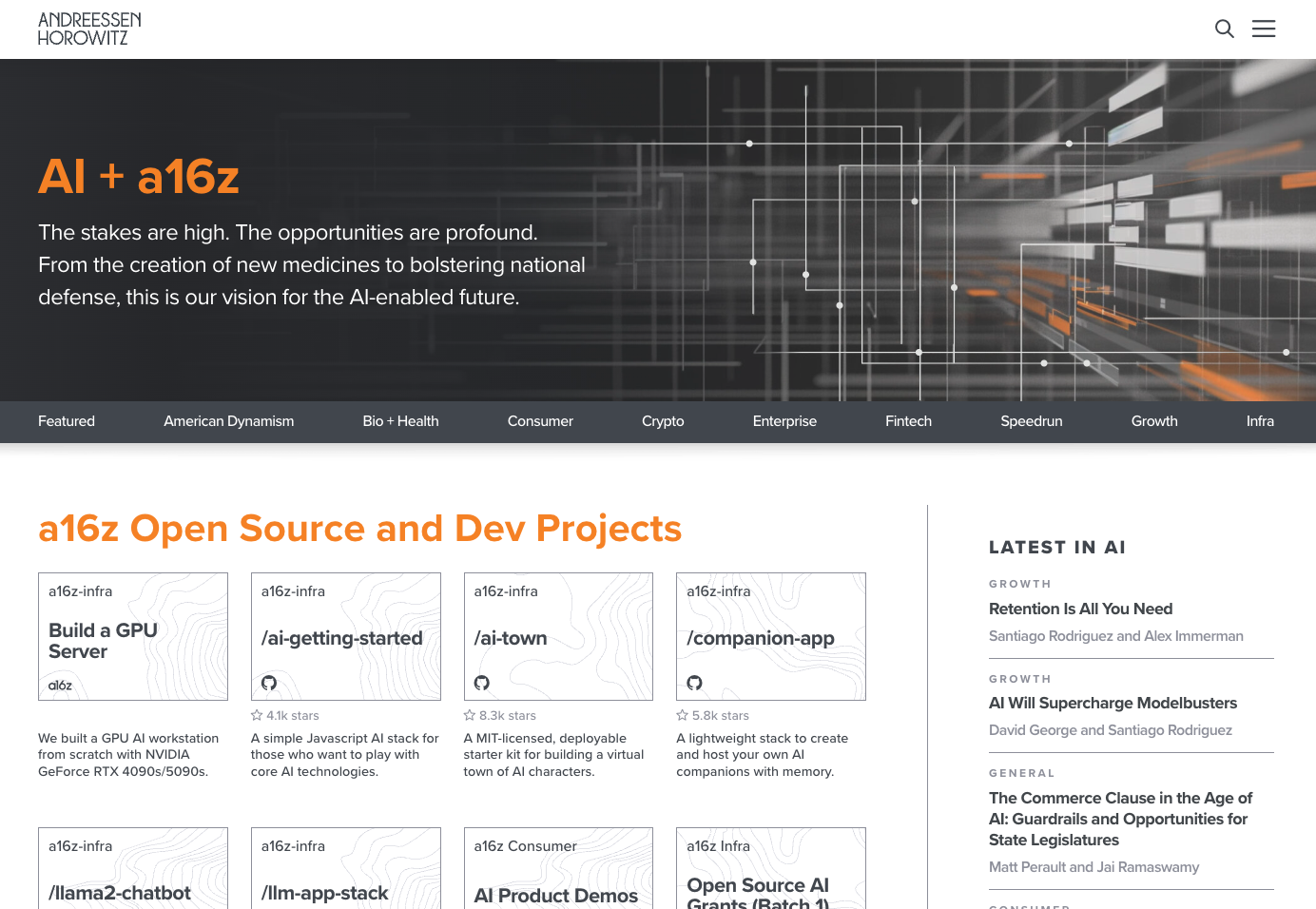
5. LeadDev (Engineering Leadership + AI)
Why it matters: LeadDev focuses on engineering leadership: building teams, managing people, organizational effectiveness. Their AI content explores how leaders navigate AI adoption within existing team structures.
What you learn: How to help teams adopt AI tools without resistance. What changes in performance management when AI augments work. How to hire when skill requirements shift.
Strategic value: Technical strategy is useless without organizational buy-in. LeadDev helps leaders navigate the people side of AI transformation.
Link: LeadDev (Check out their AI-related content)
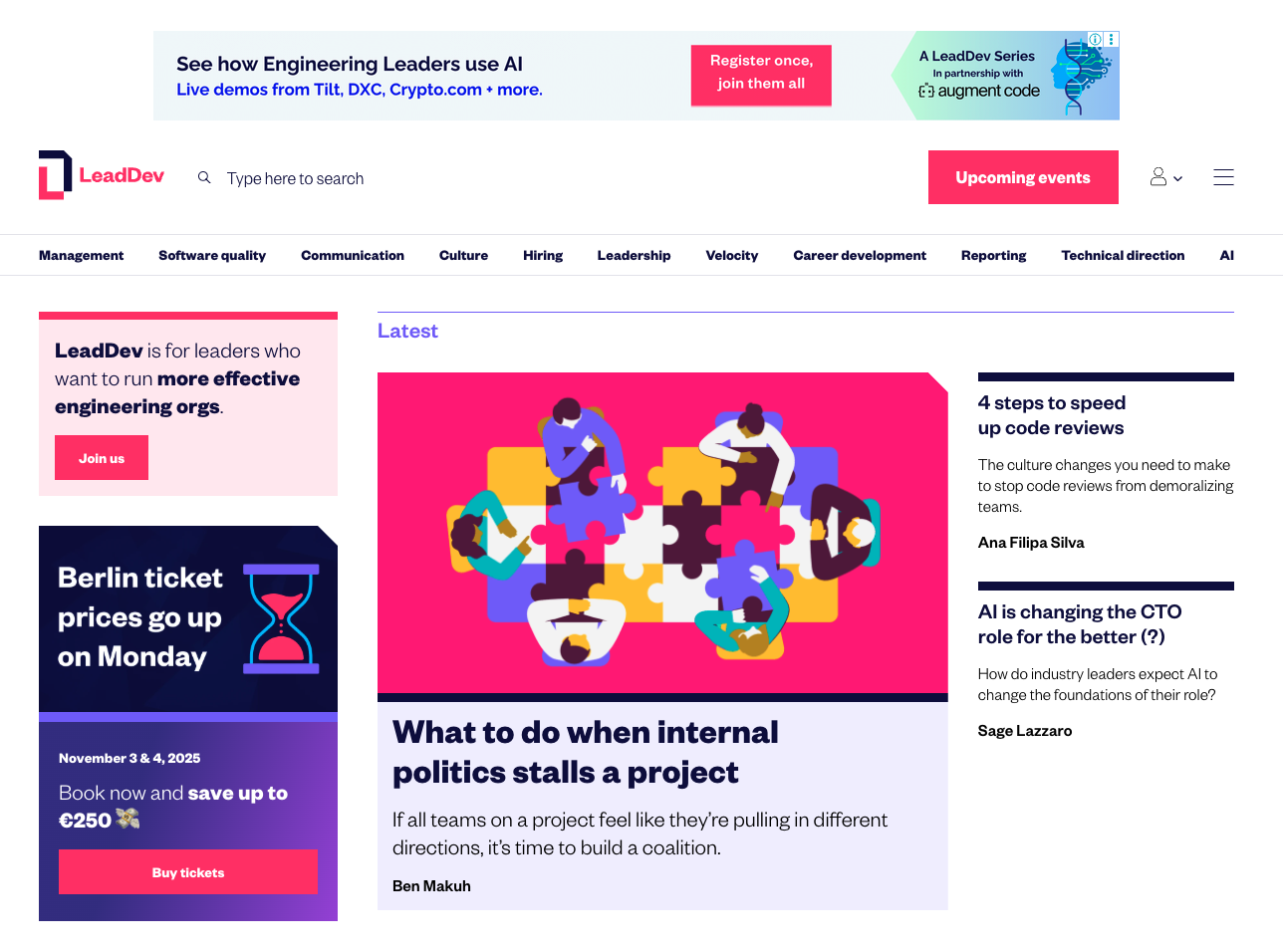
6. Increment (Stripe's Engineering Magazine)
Why it matters: Increment publishes deep technical essays from practitioners at leading companies. Issues often cover AI/ML topics with unusual rigor and honesty about what worked and what didn't.
What you learn: Real architecture decisions from companies running AI in production. What breaks at scale. What assumptions proved wrong. How teams evolve technical strategy as they learn.
Strategic value: Engineering leaders learn from honest post-mortems and retrospectives. Increment provides that without the marketing veneer.
Link: Increment
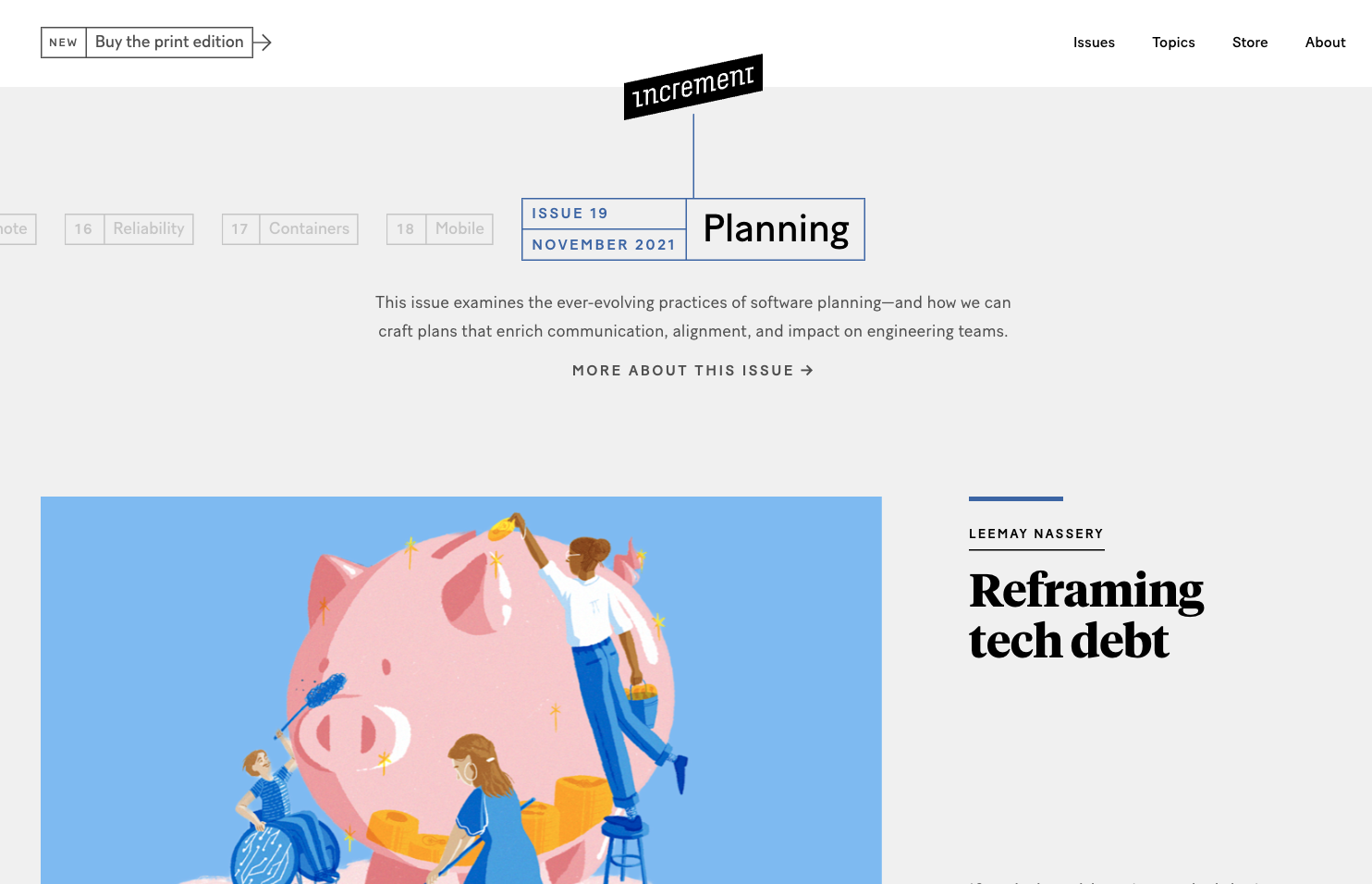
Warning: Engineering leaders face pressure to "do something with AI" without clear strategic rationale. The strongest leaders resist that pressure until they understand specifically how AI serves their business goals and team capabilities, not just that it's trendy.
For Executives & Founders: Business Strategy & ROI
Executives and founders need AI intelligence that connects to business outcomes: revenue impact, cost savings, competitive positioning, and organizational transformation.
1. Harvard Business Review (AI Strategy)
Why it matters: HBR covers AI from a business leadership perspective, not technical, but strategic. How AI changes competitive dynamics, organizational structure, and value creation.
What you learn: Frameworks for AI strategy at the organizational level. How leaders at Fortune 500 companies approach AI transformation. What business models AI enables or disrupts.
Strategic value: Executives need to think about AI as a business strategy, not just technology. HBR provides that executive lens.
Link: Harvard Business Review (Explore their AI/artificial intelligence content)
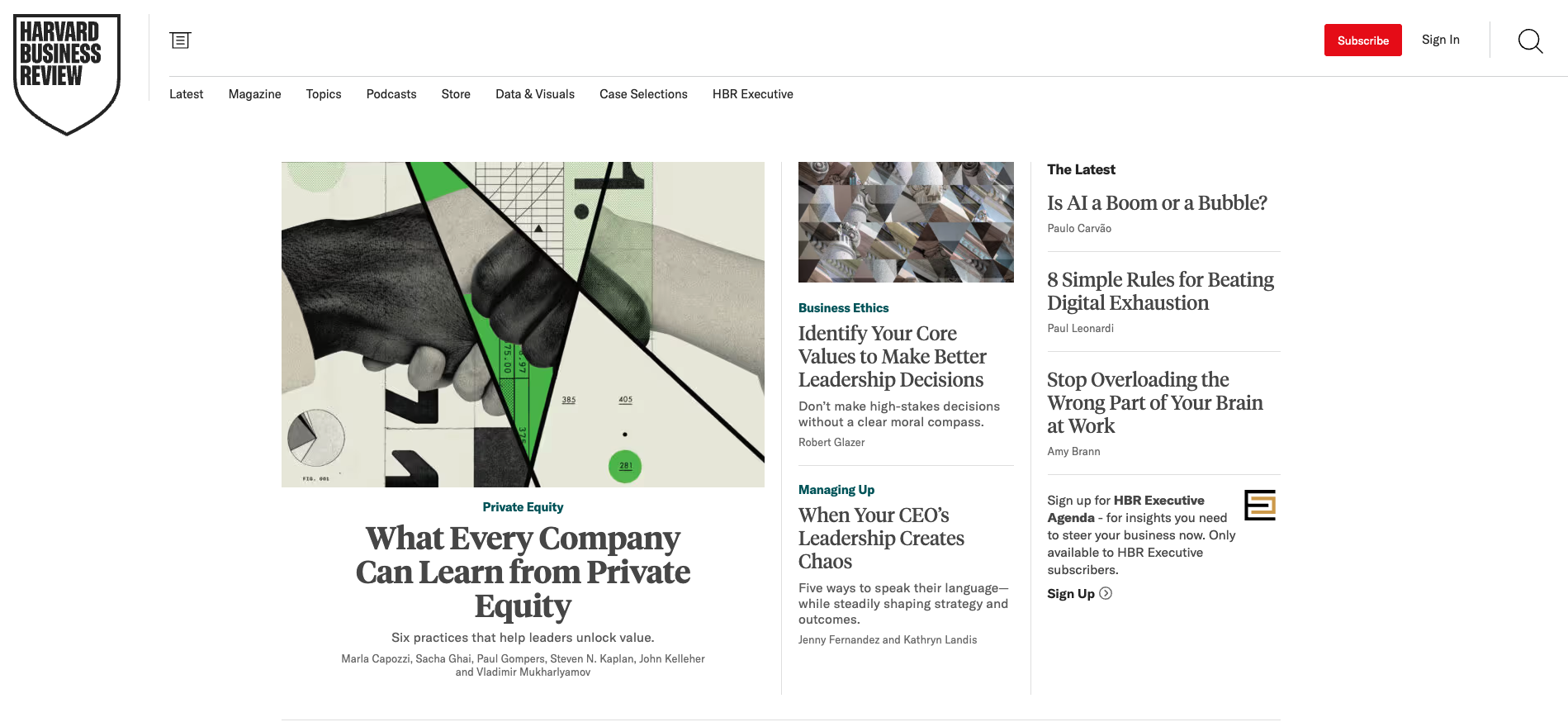
2. McKinsey on AI
Why it matters: McKinsey publishes extensive research on AI adoption, ROI measurement, and organizational change. Their content is data-driven and grounded in real consulting work with enterprises.
What you learn: How to measure AI ROI. What separates successful AI adoption from failed initiatives. How to structure organizations for AI effectiveness.
Strategic value: Executives making large AI investments need frameworks for evaluation and measurement. McKinsey provides those based on cross-industry data.
Link: McKinsey - Artifical Intelligence

3. Stanford HAI (Human-Centered AI Institute)
Why it matters: Stanford HAI bridges academic research with policy and business implications. Their annual AI Index tracks industry trends, investment flows, and capability evolution.
What you learn: Where AI research is headed. How AI capabilities are evolving across domains. What policy and regulatory changes are coming that affect business strategy.
Strategic value: Executives need to think 3-5 years ahead. Stanford HAI provides informed perspective on AI's trajectory beyond current hype cycles.
Link: Home | Stanford HAI
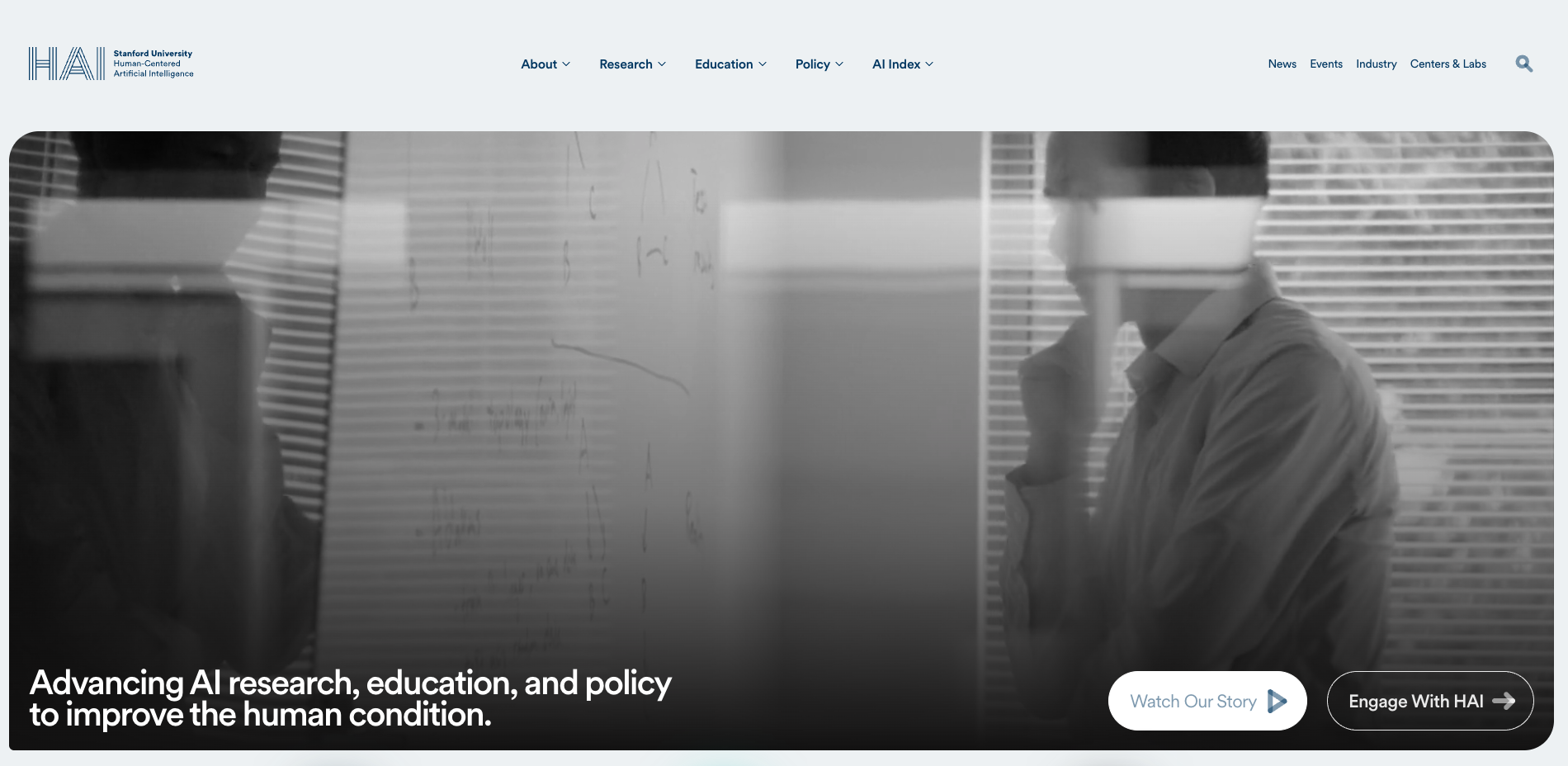
4. CB Insights (AI Market Intelligence)
Why it matters: CB Insights tracks AI startup funding, M&A activity, and market trends. For executives evaluating build-vs-buy or monitoring competitive landscape, this is essential intelligence.
What you learn: Which AI companies are getting funded and why. What business models are attracting capital. Where M&A activity signals market consolidation.
Strategic value: Executives making strategic decisions (acquisitions, partnerships, competitive positioning) need market intelligence. CB Insights aggregates that effectively.
Link: AI Archives - CB Insights

5. MIT Sloan Management Review (AI & Analytics)
Why it matters: MIT Sloan bridges academic rigor with practical business application. Their AI content helps executives think about organizational change, talent strategy, and long-term transformation.
What you learn: How organizations successfully (and unsuccessfully) adopt AI. What talent and culture changes matter. How to think about AI ethics and governance at the executive level.
Strategic value: AI adoption is an organizational challenge as much as a technical one. MIT Sloan focuses on that organizational dimension.
Link: MIT Sloan Management Review

6. The Economist (AI Coverage)
Why it matters: The Economist covers AI's economic, geopolitical, and regulatory dimensions which is critical for executives thinking about long-term business strategy in a changing landscape.
What you learn: How governments are regulating AI. What geopolitical forces shape AI development. How AI affects labor markets, economic growth, and competitive dynamics between nations.
Strategic value: Executives operate in broader contexts than just their industry. The Economist provides that macro-level perspective.
Link: The Economist - Artificial Intelligence
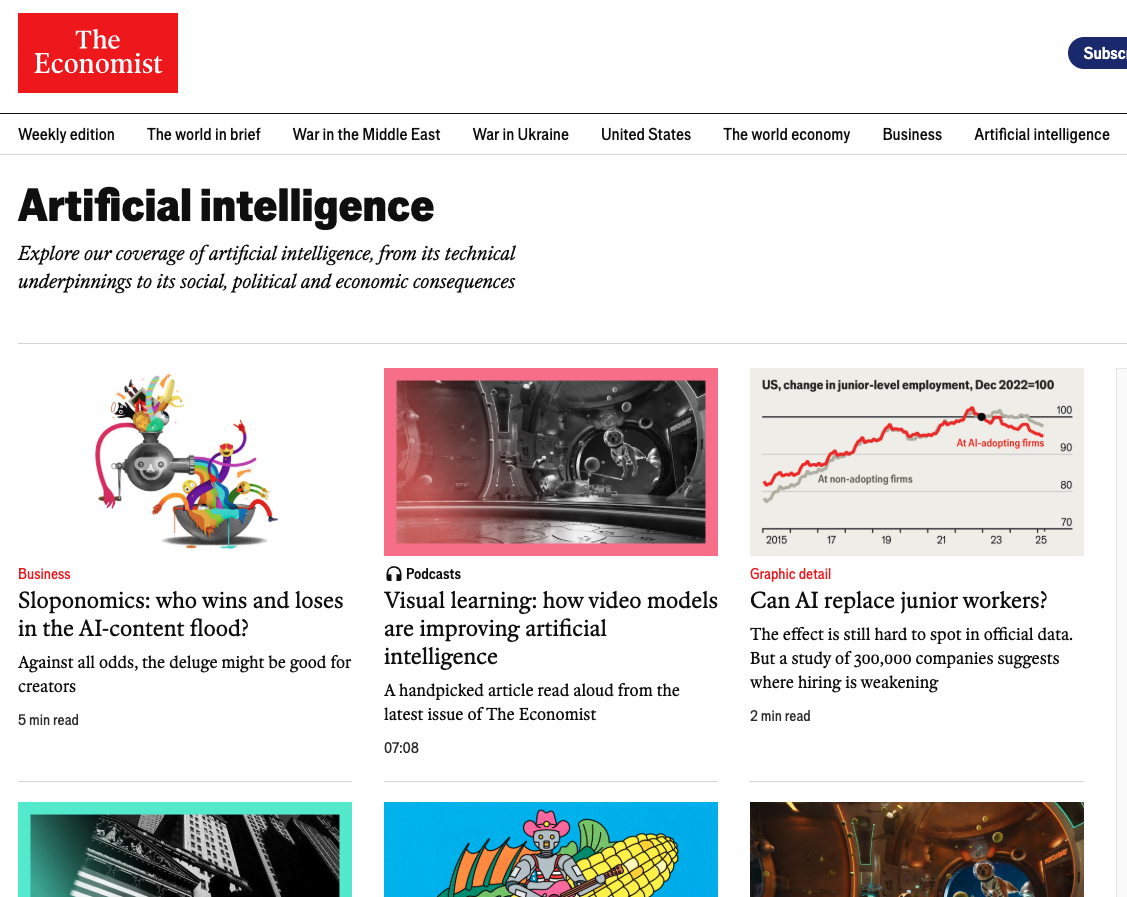
Good to know: Executives often overestimate how quickly AI will transform their business and underestimate how much organizational change is required. The most successful AI adoption happens when leaders treat it as a multi-year transformation, not a quarterly initiative.
Cross-Role Resources: Everyone Should Read These
Some resources transcend role-specific focus and provide value across the entire team:
1. Stratechery by Ben Thompson
Why it matters: Thompson analyzes technology and media with a business strategy lens. His AI analysis is consistently sharp on competitive dynamics and strategic implications.
Who should read: Everyone from developers (understanding where the industry is headed) to executives (strategic positioning).
Link: Stratechery by Ben Thompson
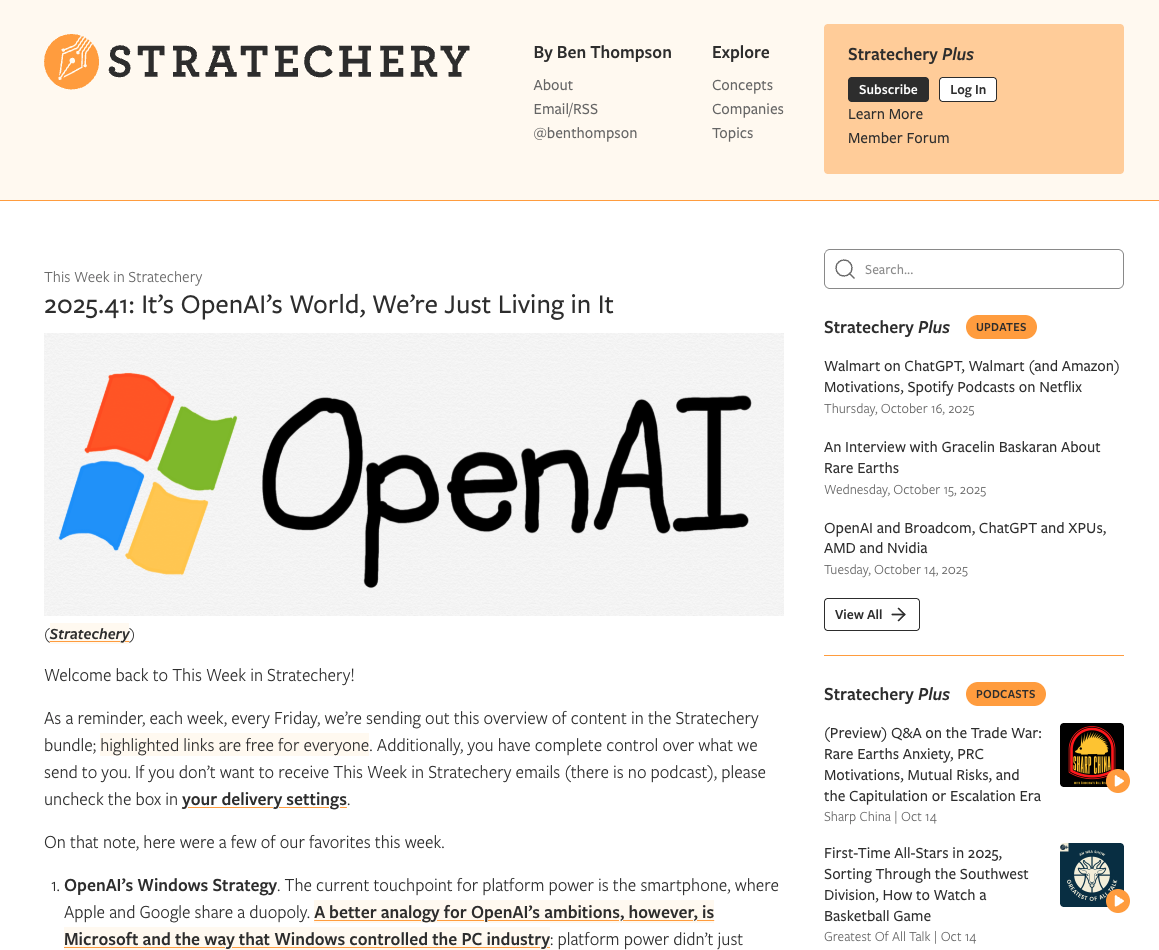
2. Interconnects by Nathan Lambert
Why it matters: Lambert works on AI alignment and RLHF (reinforcement learning from human feedback). His newsletter bridges technical depth with an accessible explanation of how AI models actually work and improve.
Who should read: Technical roles (devs, engineering leaders) and anyone trying to understand what's actually happening inside AI systems.
Link: Interconnects | Nathan Lambert
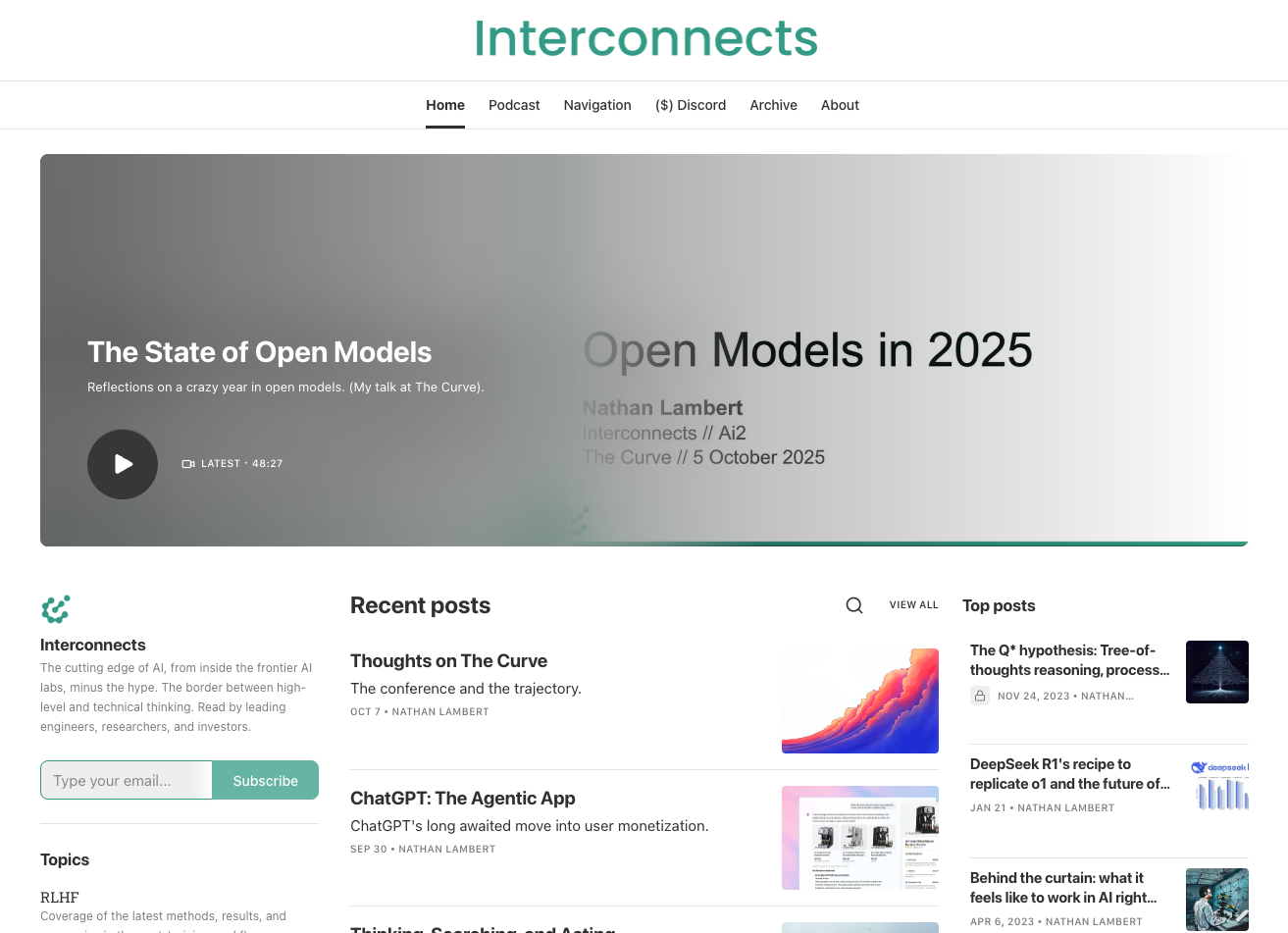
3. Import AI by Jack Clark
Why it matters: Clark co-founded Anthropic and writes a weekly newsletter summarizing AI research, policy developments, and technical breakthroughs. It's comprehensive without requiring a PhD to parse.
Who should read: Anyone who wants to stay broadly informed on AI progress without reading every research paper.
Link: Jack Clark on Substack - ImportAI
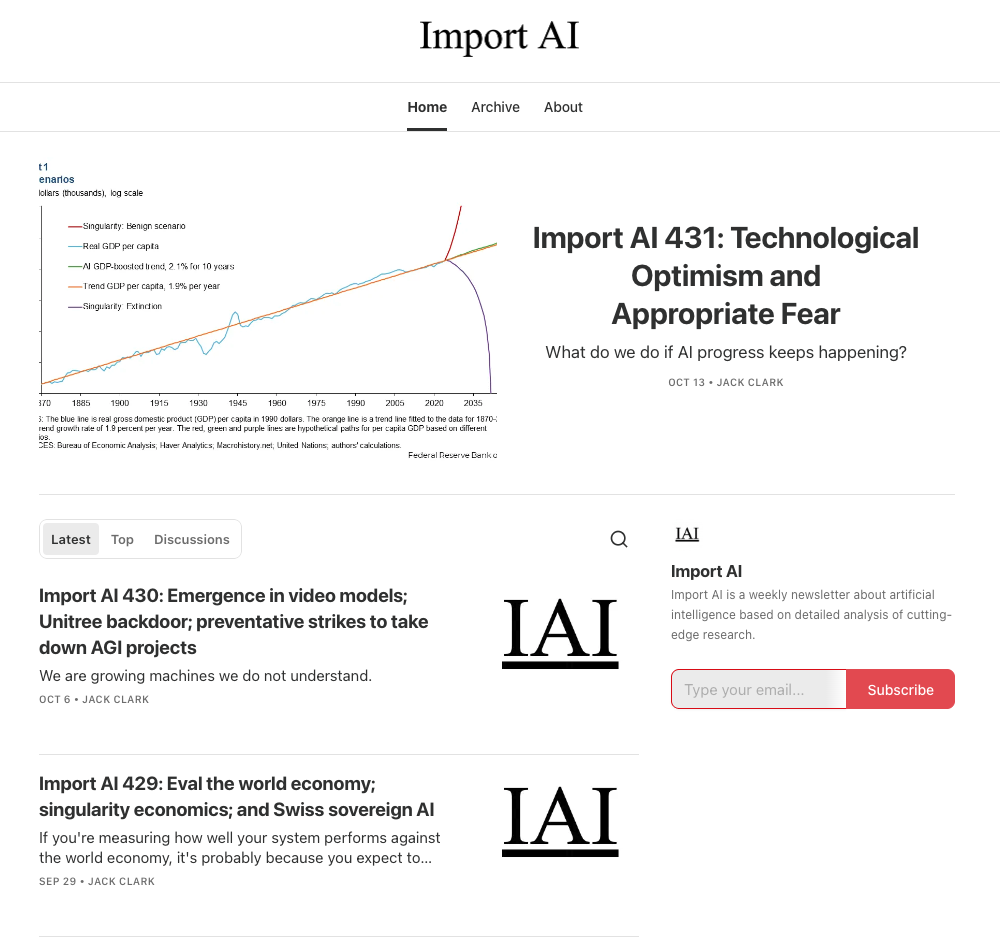
How Scrums.com Thinks About AI Intelligence
At Scrums.com, we don't just follow AI developments; we integrate them into how we deliver software. Our Software Engineering Orchestration Platform (SEOP) combines AI-enabled talent with real-time delivery analytics, giving clients visibility and velocity that traditional models can't match.
This role-based approach to AI intelligence mirrors how we think about team composition: developers need different capabilities than designers, and product managers operate with different constraints than CTOs. When we deploy teams through our platform, we're not just matching skills; we're matching how people think, learn, and stay current in their domain.
Organizations scaling software development increasingly need partners who understand AI not as a feature checkbox but as infrastructure that changes how work gets done. Whether you're building internal AI capabilities or evaluating development partners, the question isn't just "do they use AI?". It's "do they understand how AI changes each role on the team?"
Modern custom software development and dedicated team models combine deep role-specific expertise with platform-enabled orchestration. Teams stay sharp because learning is continuous, role-relevant, and operationalized, not just subscribed to newsletters but applied in daily work.
This matters because AI evolution is accelerating. Teams that stay current with role-appropriate intelligence compound their advantage. Teams that treat AI as generic hype fall behind.
Conclusion: Intelligence That Compounds
The AI resources that matter aren't the ones with the most followers or the loudest hype; they're the ones that change how you think and work in your specific role.
For developers, that means practical coding intelligence that makes you faster and smarter. For designers, it's human-centered AI thinking that improves user experiences. For product managers, it's strategic frameworks that help you prioritize in ambiguity. For engineering leaders, it's organizational intelligence that helps you navigate transformation. For executives, it's business strategy that connects AI to competitive advantage.
The teams that win in AI aren't consuming everything; they're consuming strategically. They know what matters to their role, why it matters, and how to apply it. This creates a compounding advantage: better decisions lead to better work, which attracts better people, which raises the bar on learning, which enables even better decisions.
Whether you're building internal teams or scaling with external partners, this role-based intelligence approach clarifies what "AI-enabled" actually means. It's not a marketing claim; it's how teams operate when they understand AI's role-specific implications and integrate that thinking into daily work.
Ready to scale with teams that operate this way? Explore how Scrums.com's AI-enabled platform and dedicated teams combine role-specific expertise with delivery intelligence. Our custom software development subscriptions are built for organizations that understand AI isn't just a feature; it's how modern software gets built.
As Seen On Over 400 News Platforms













